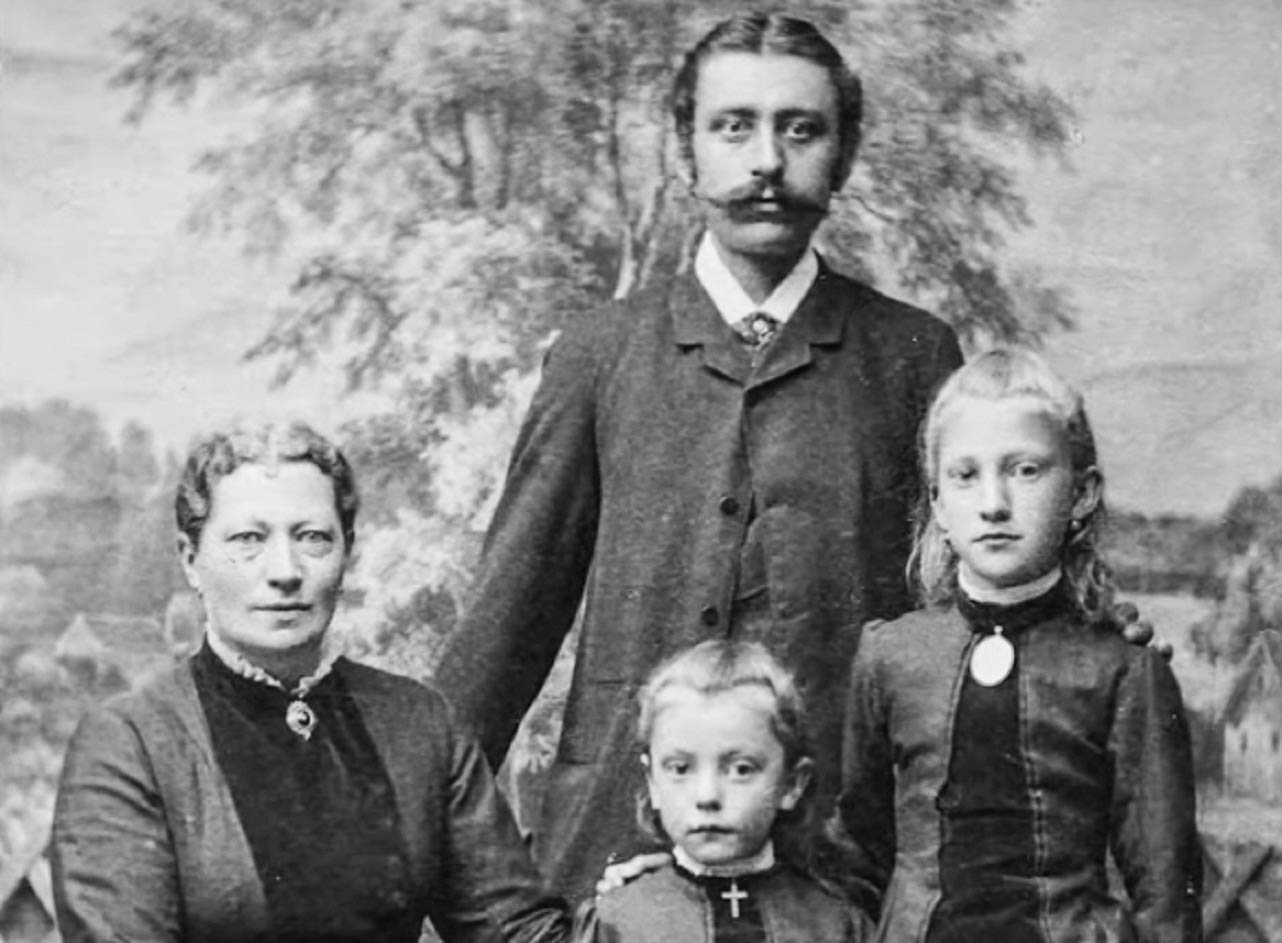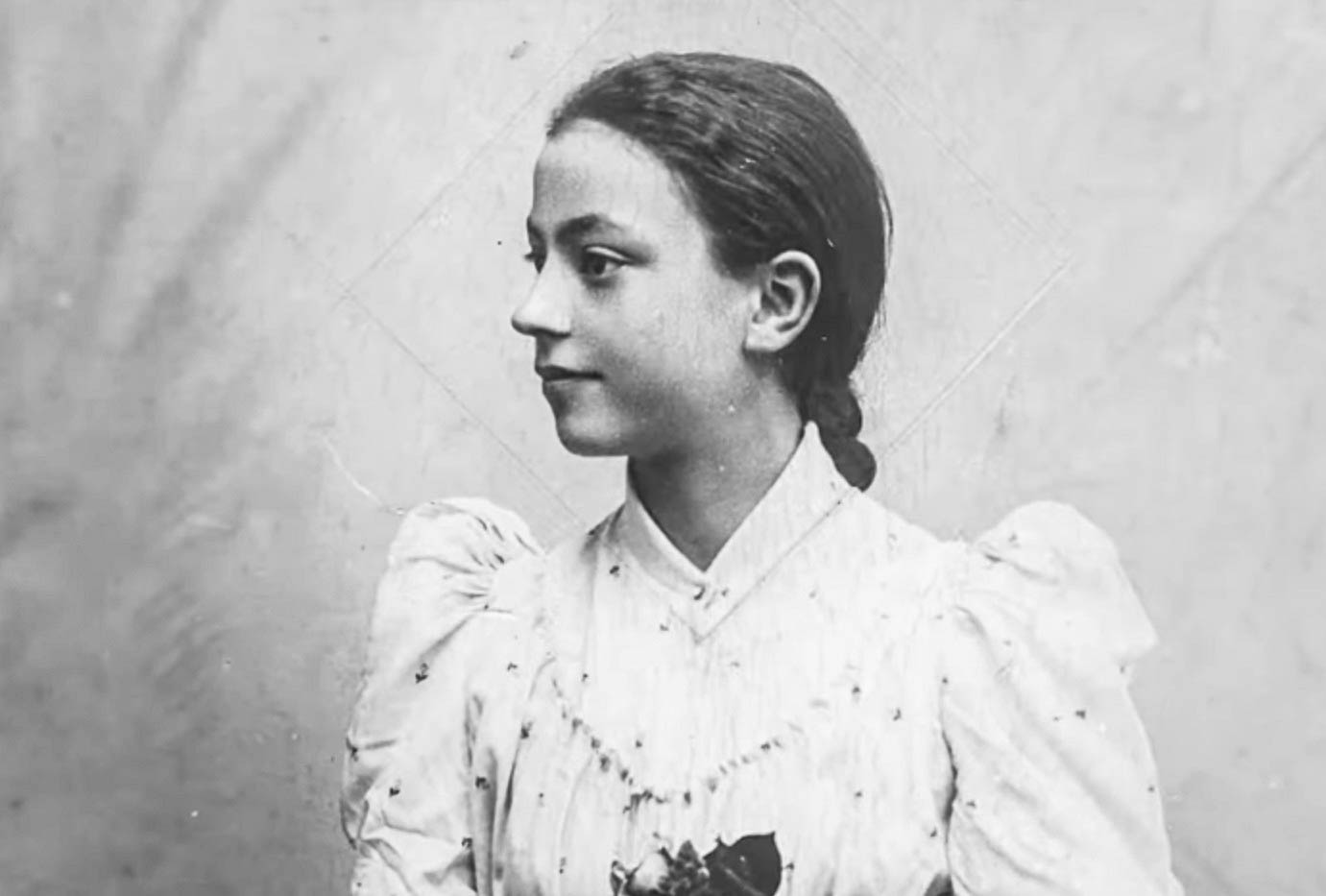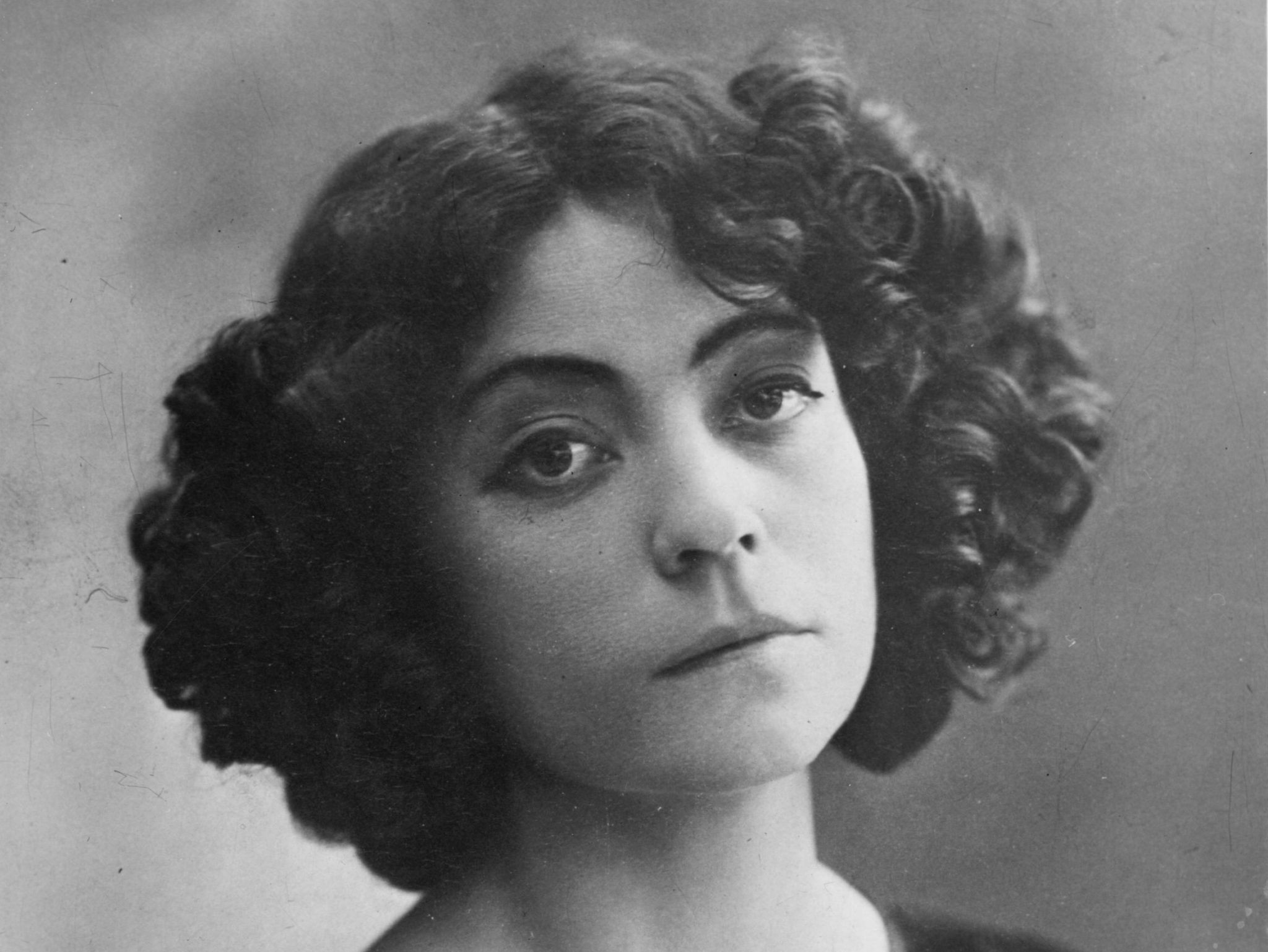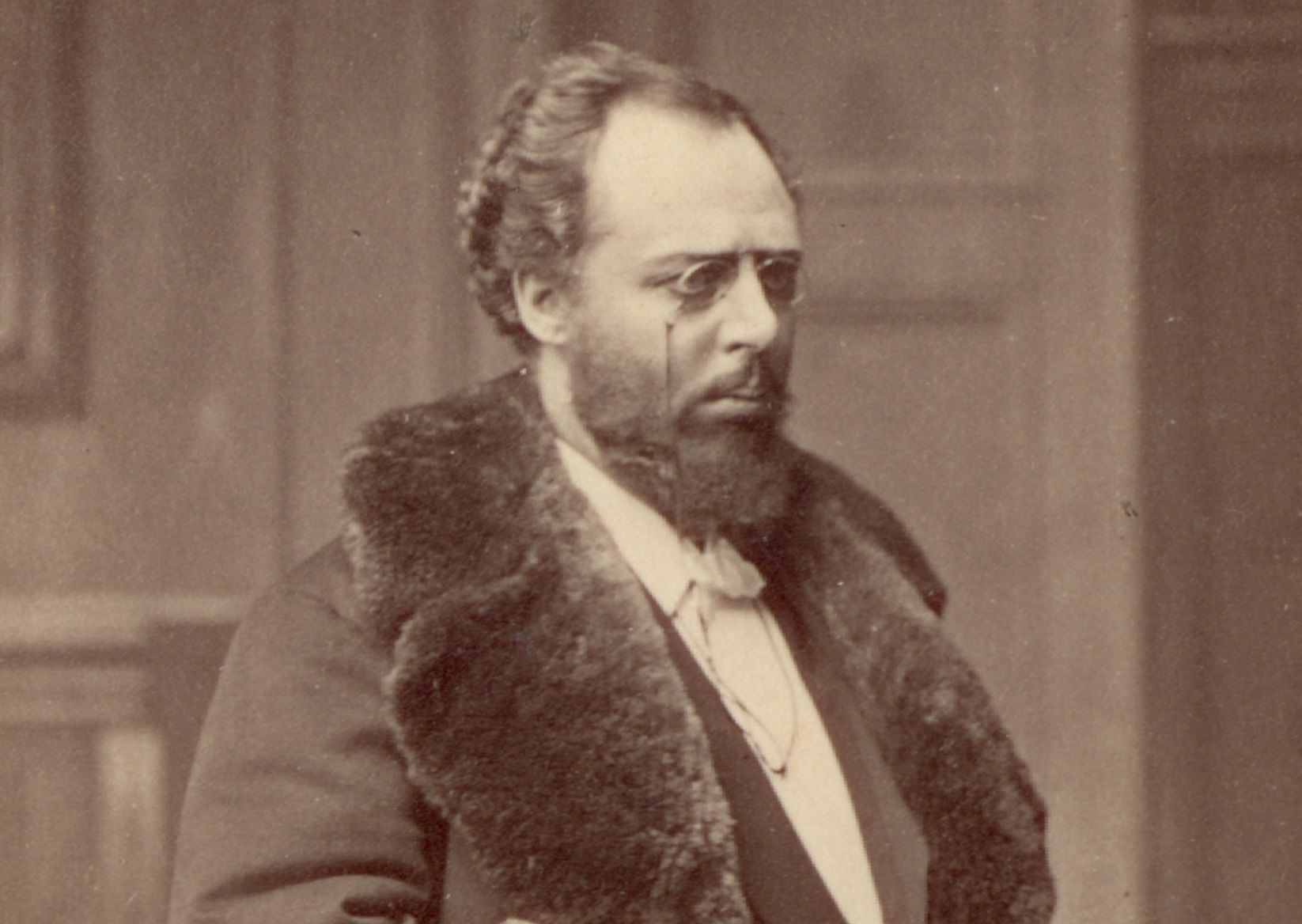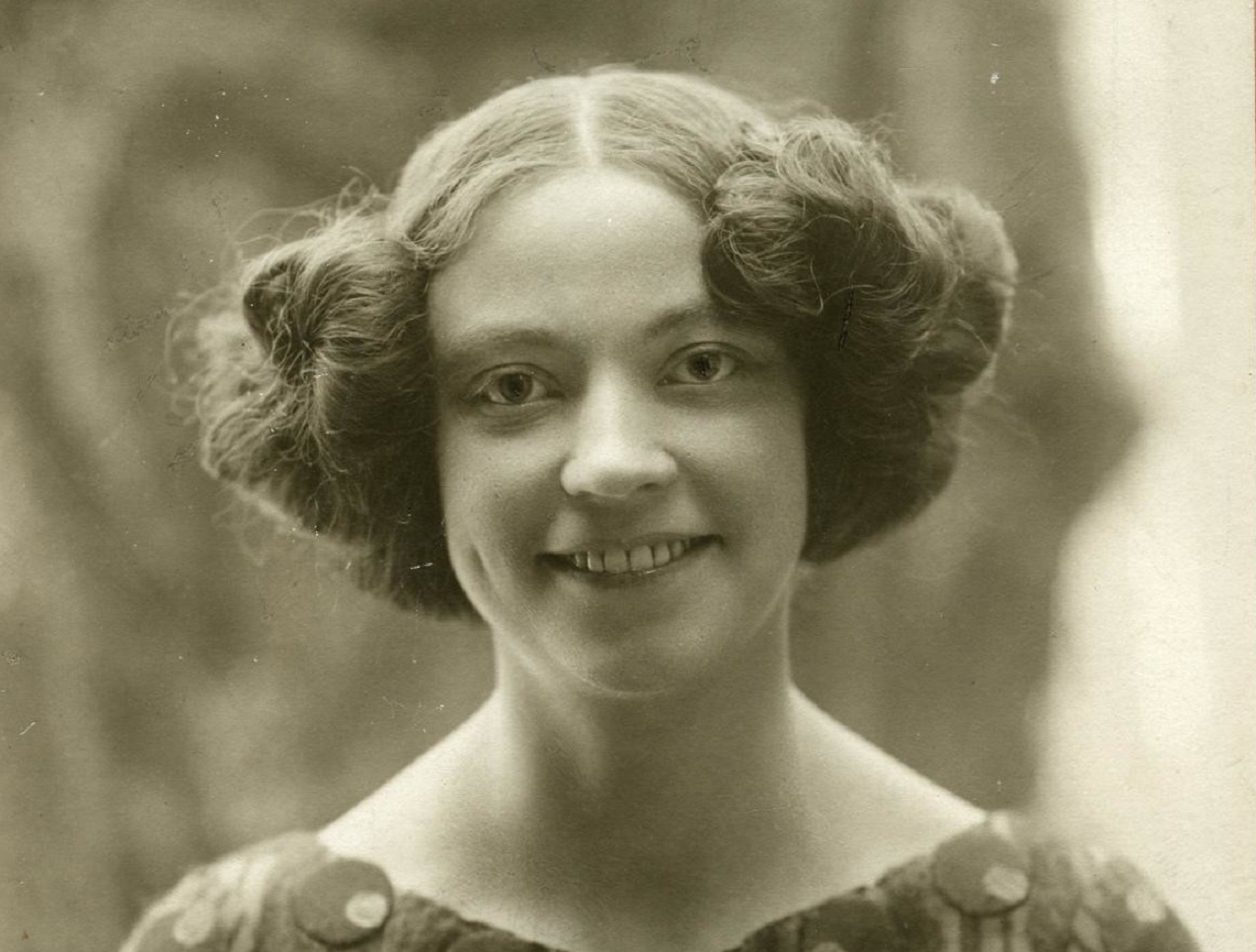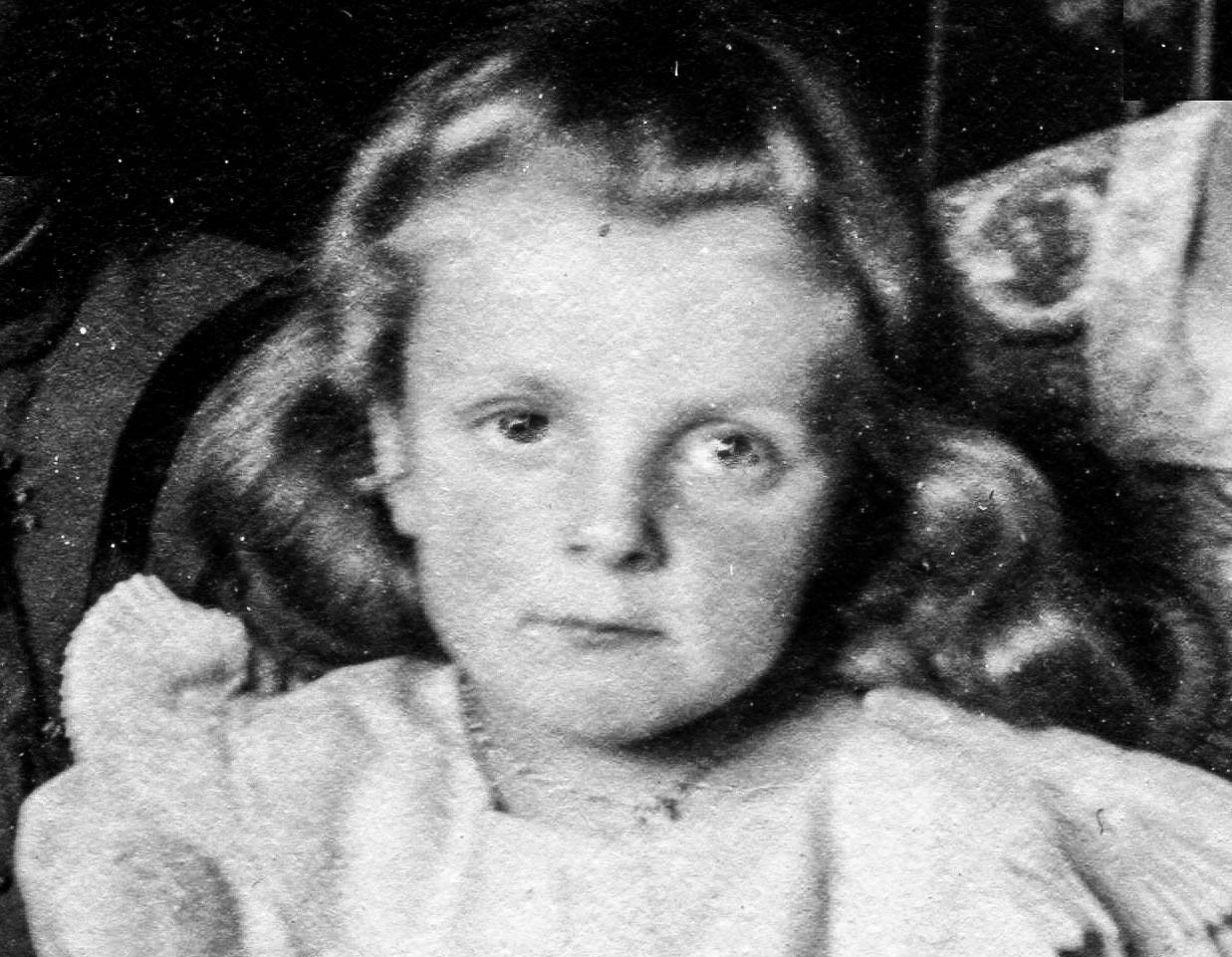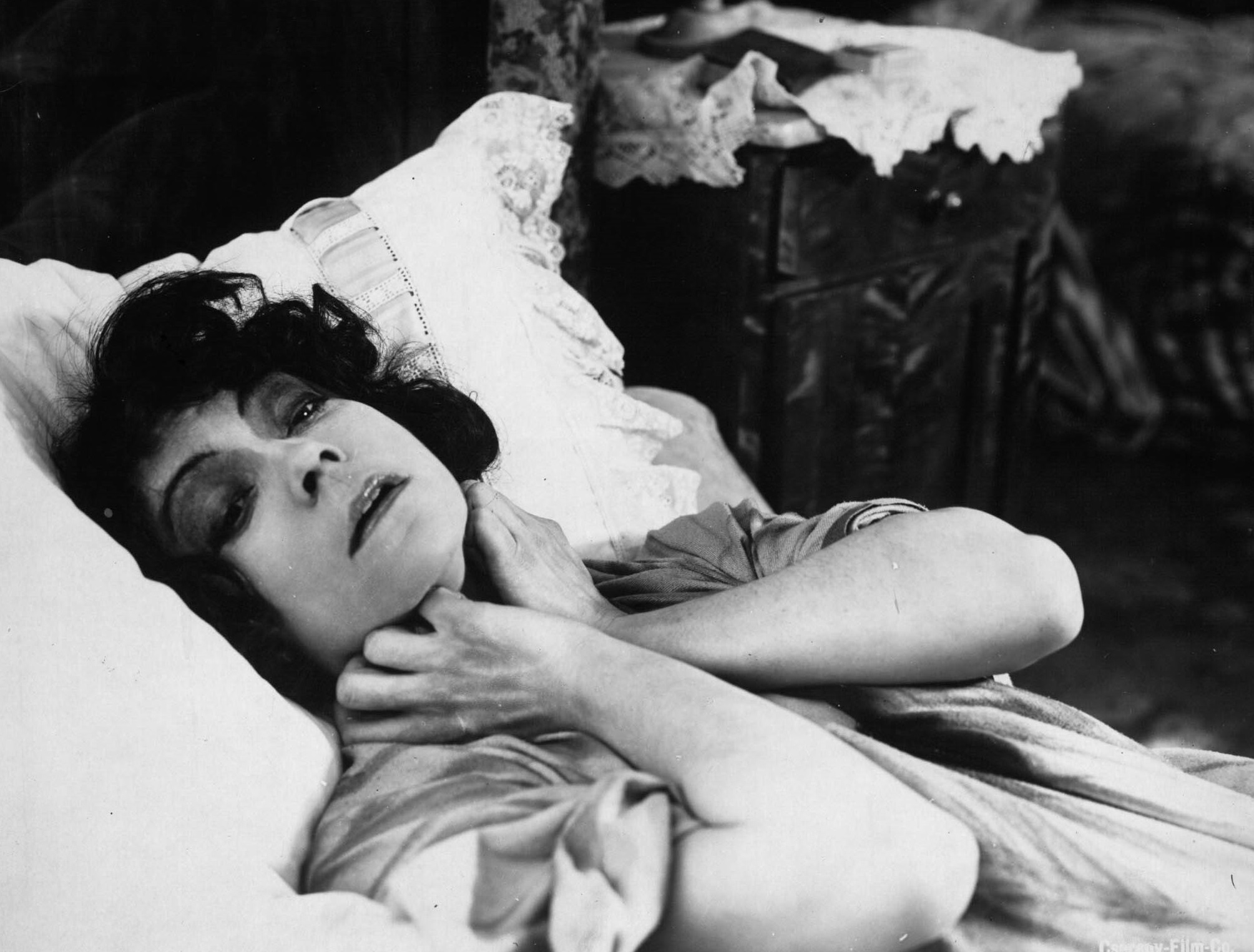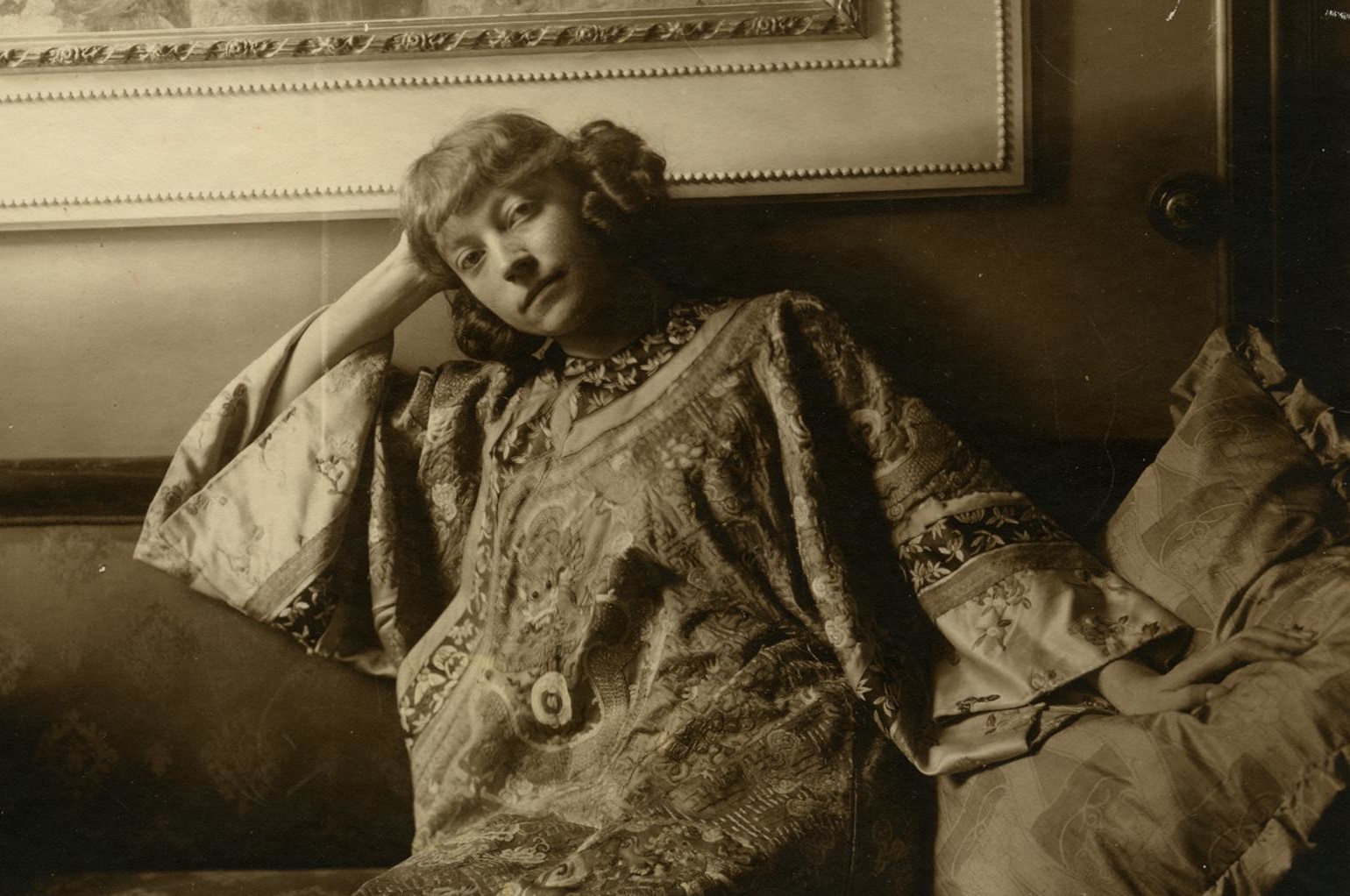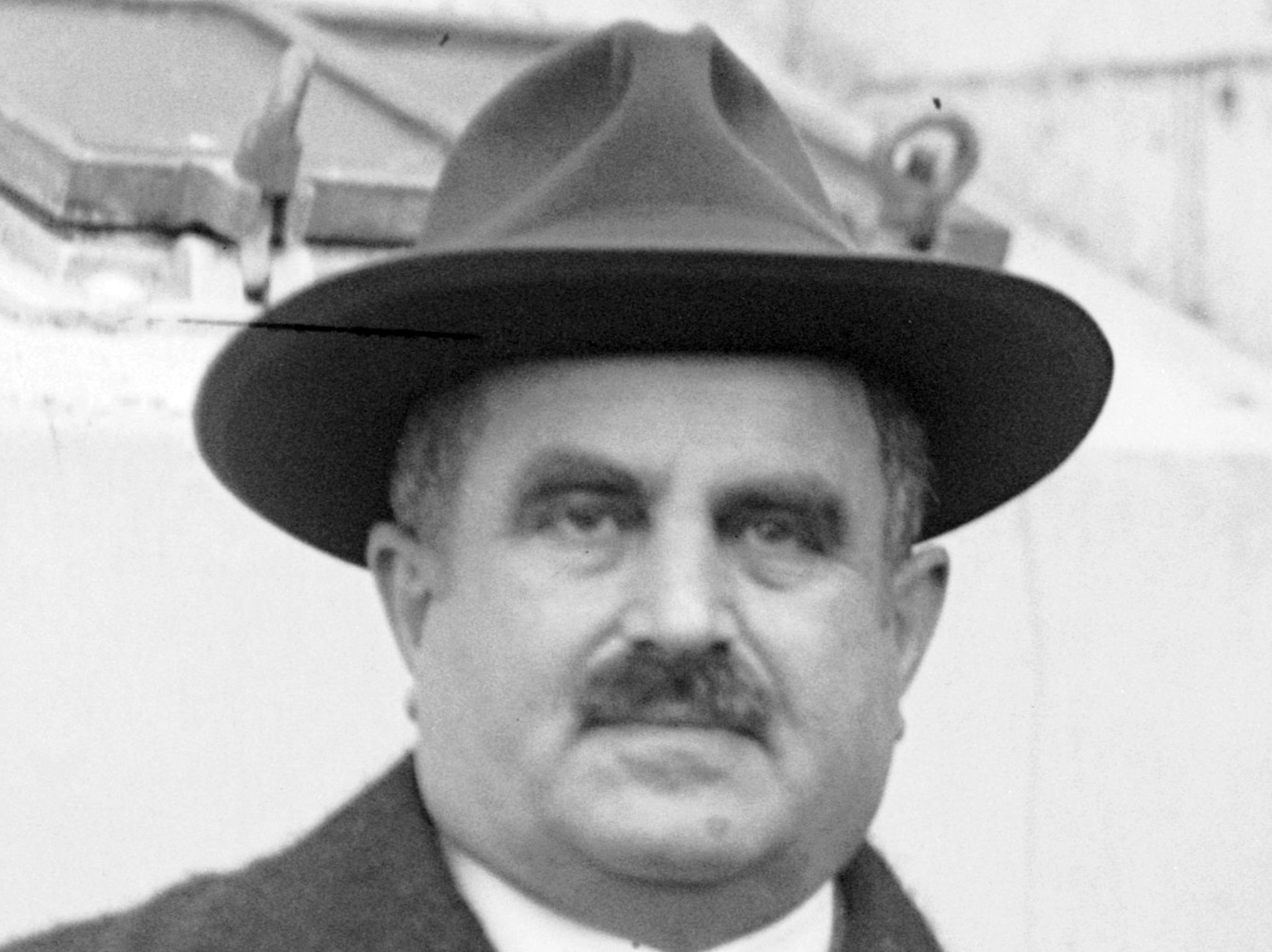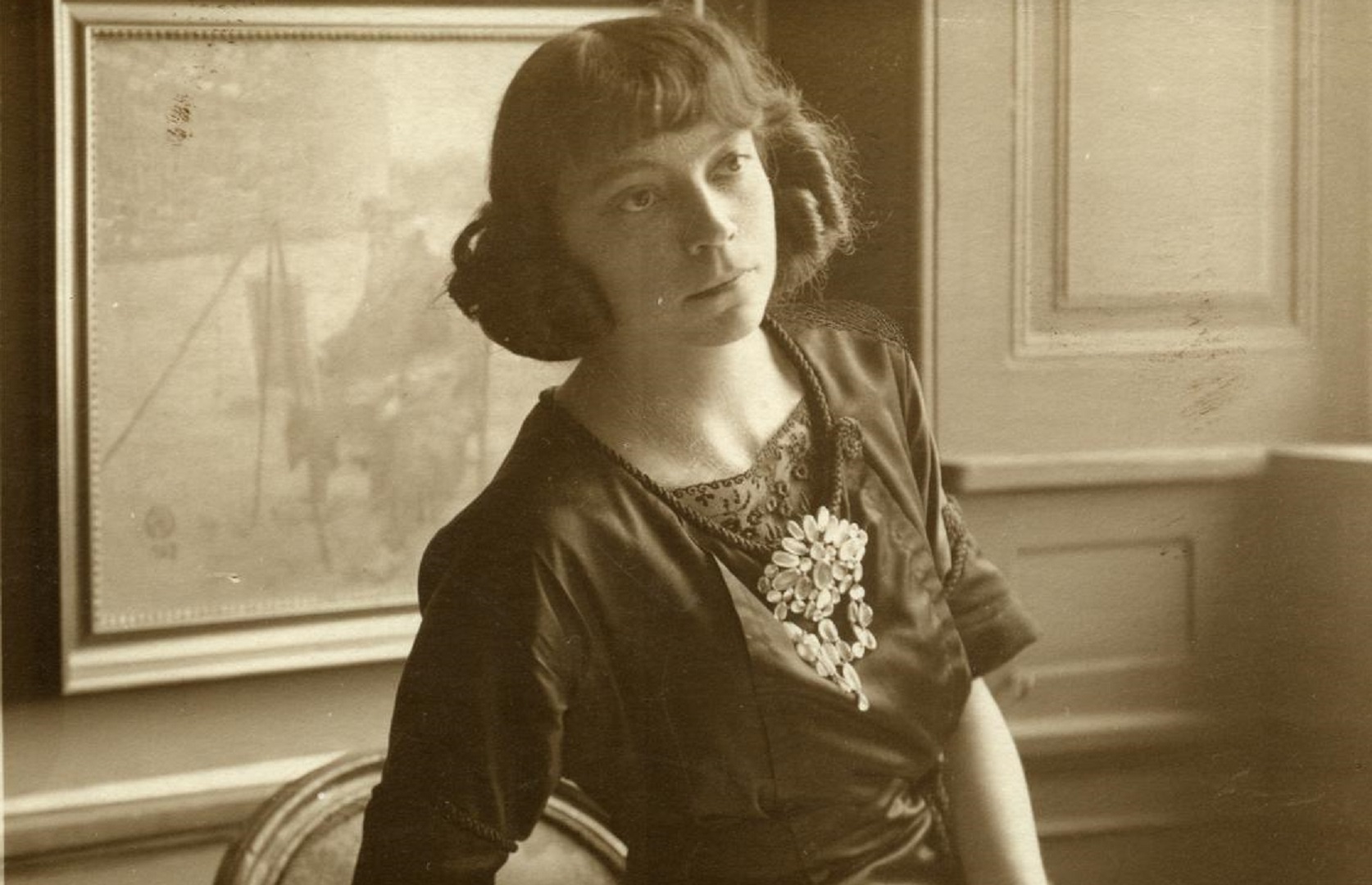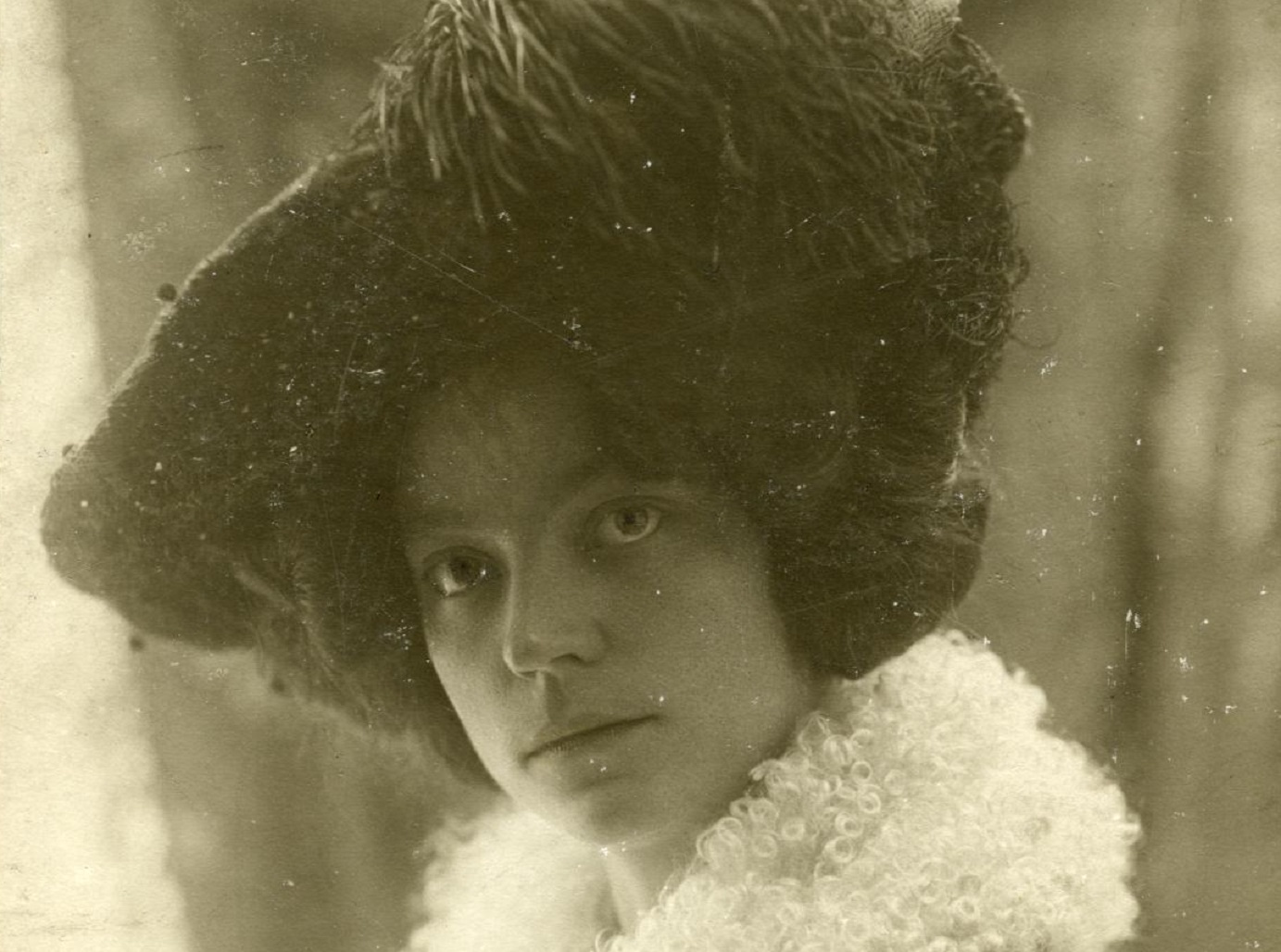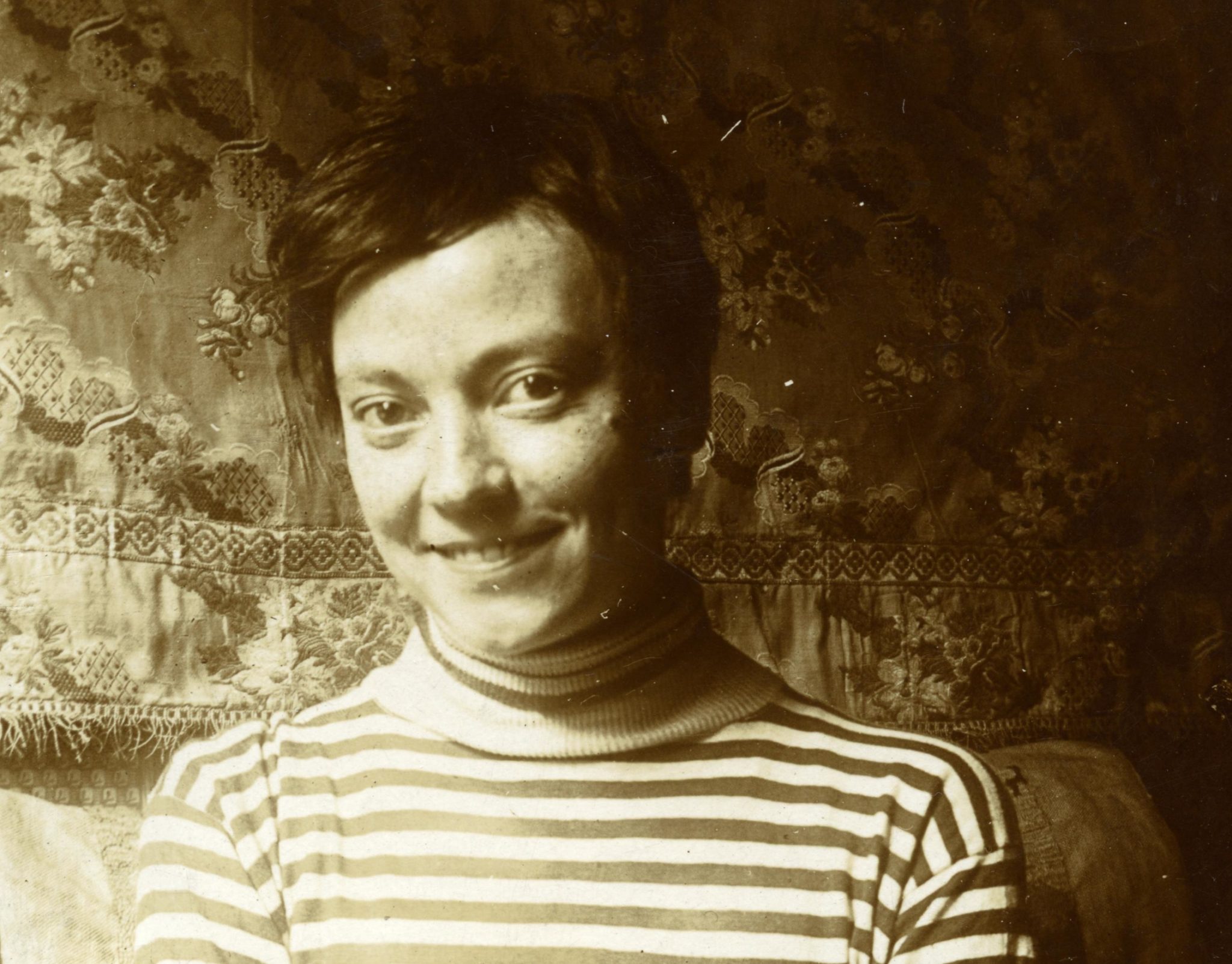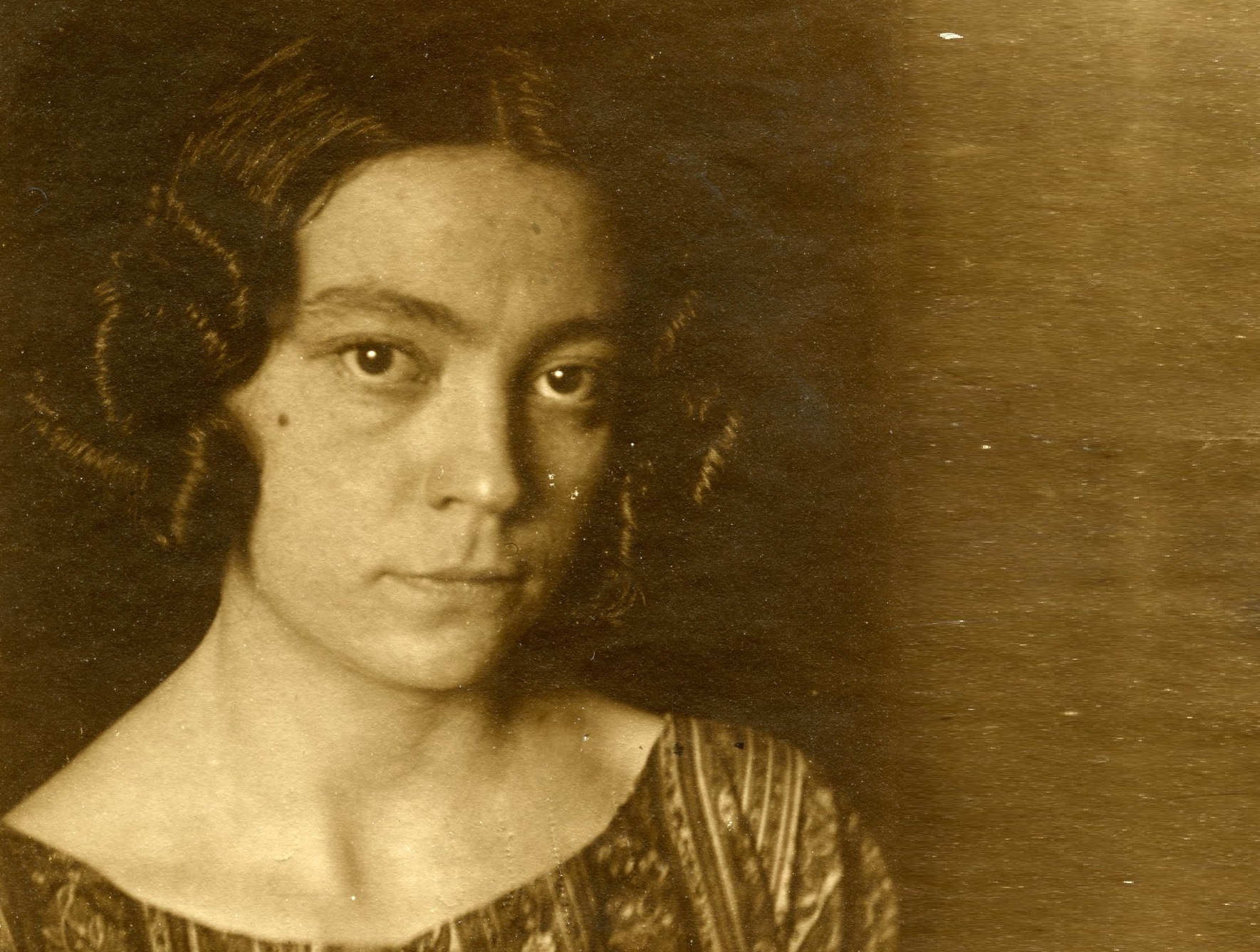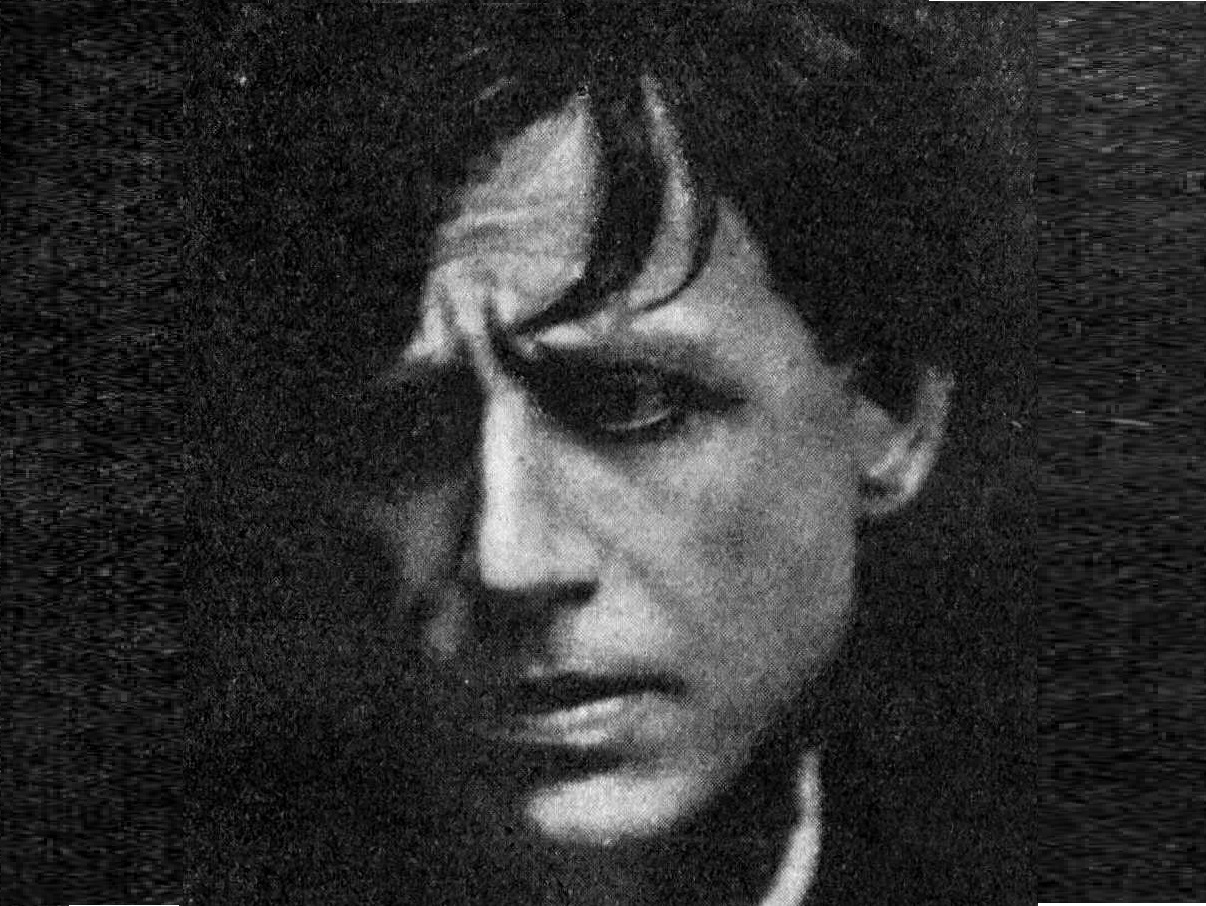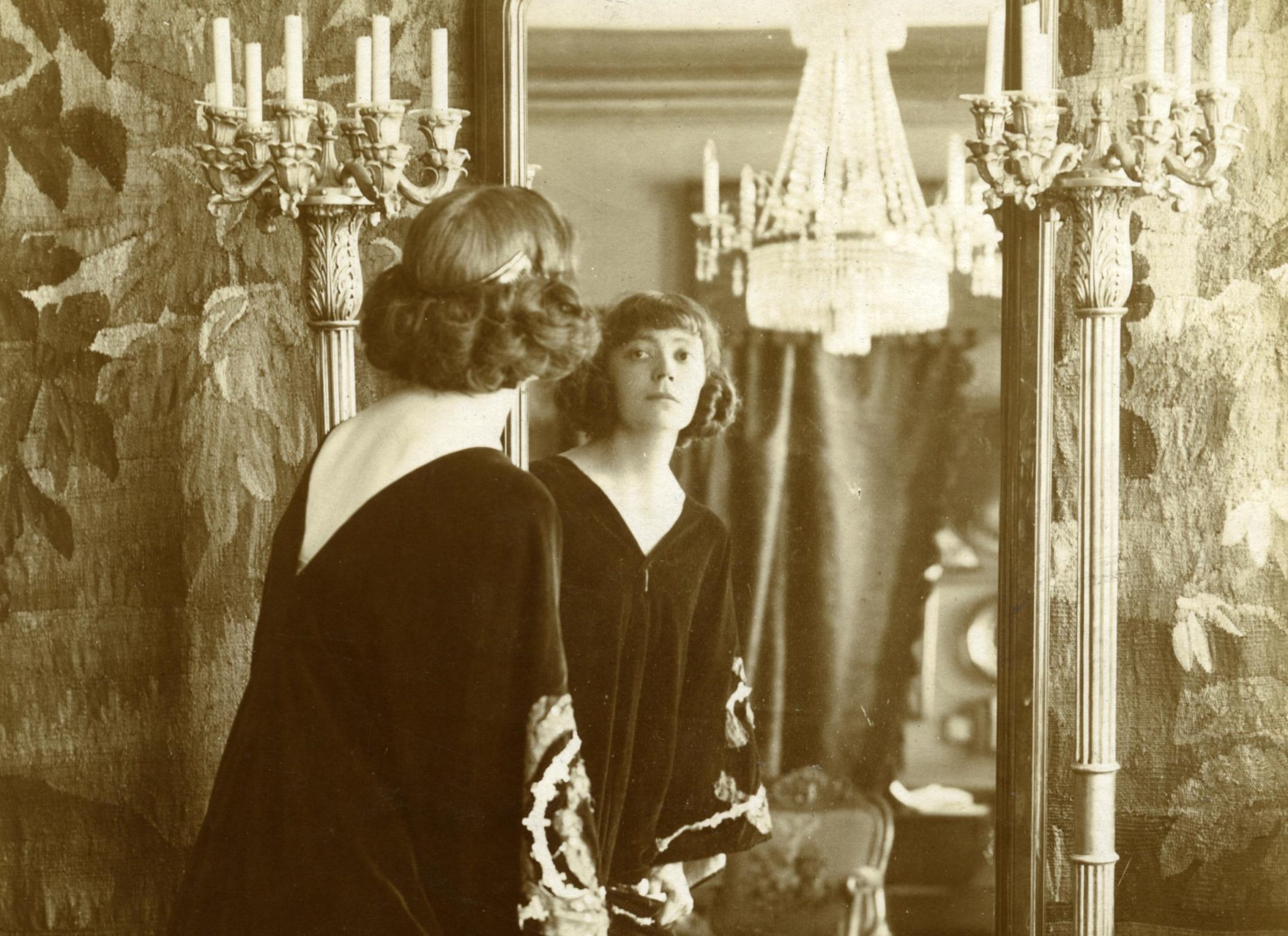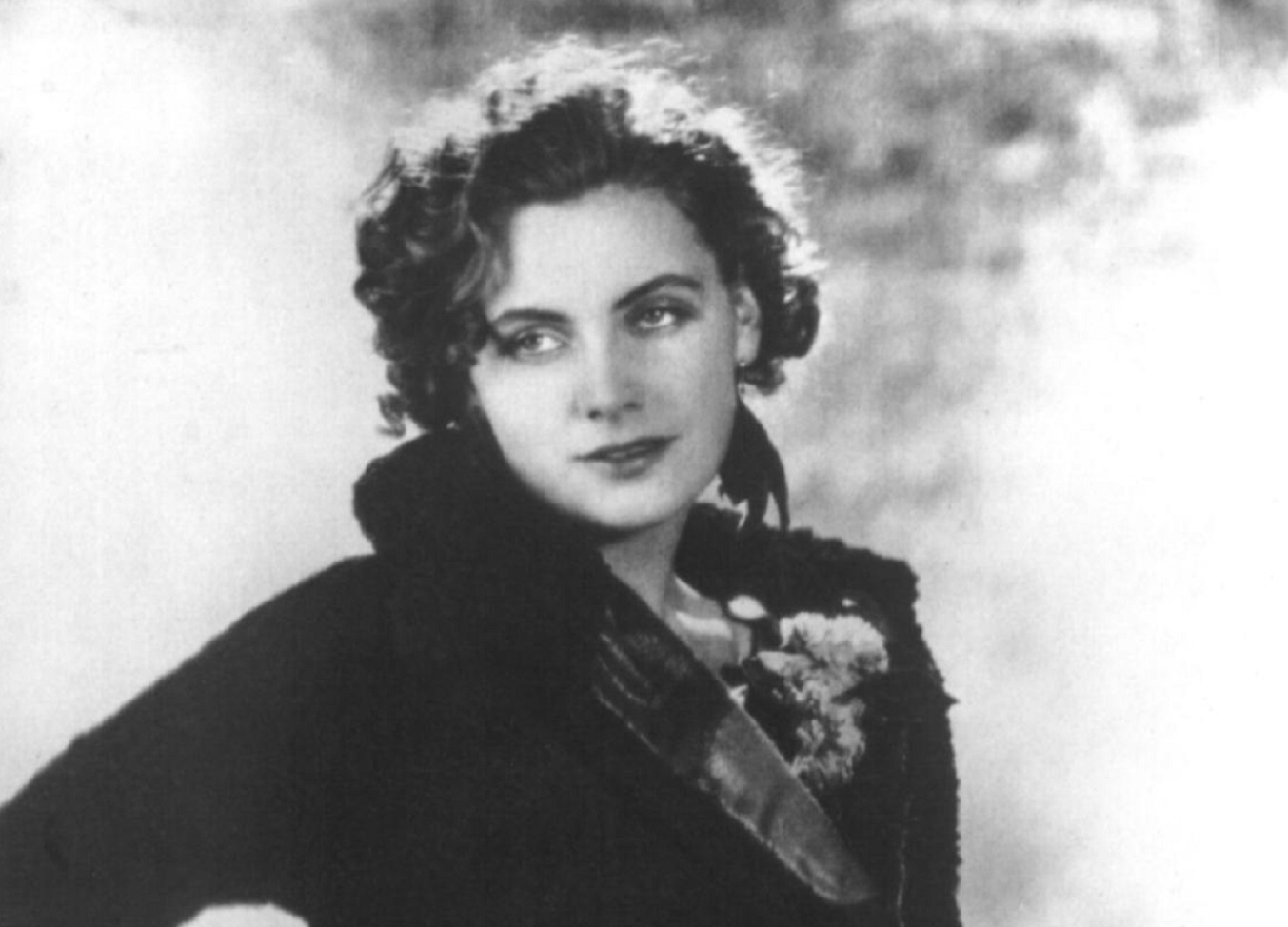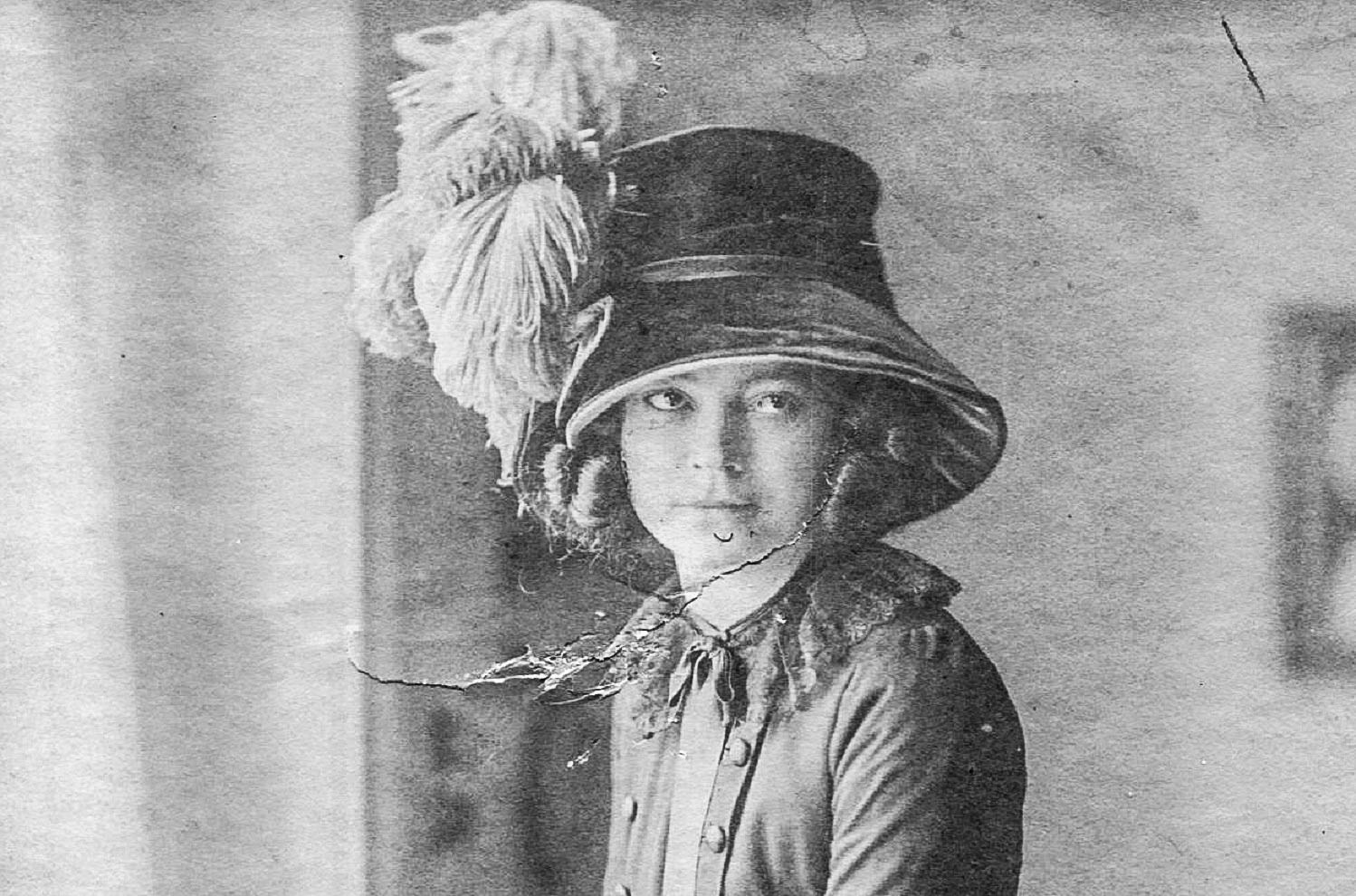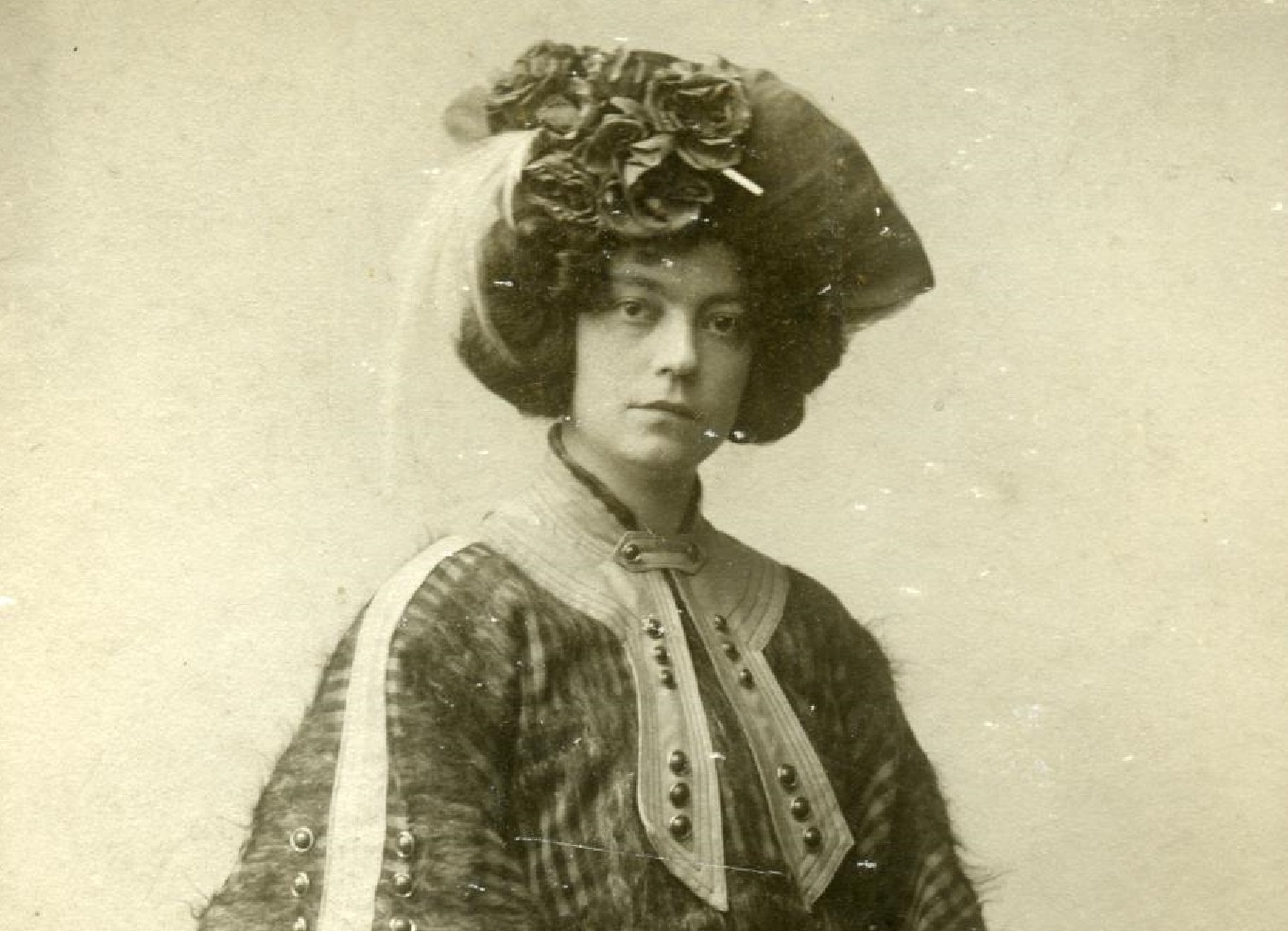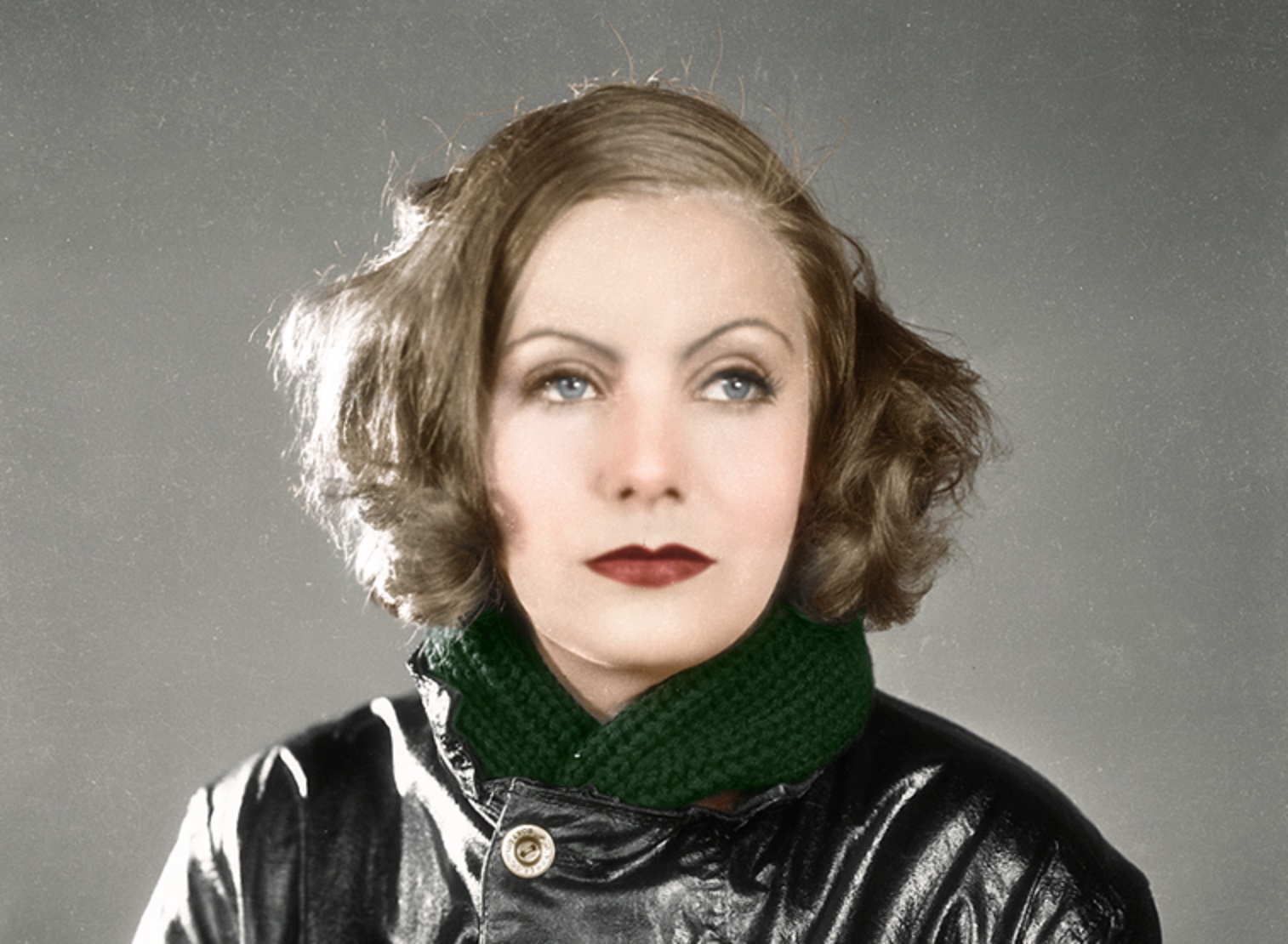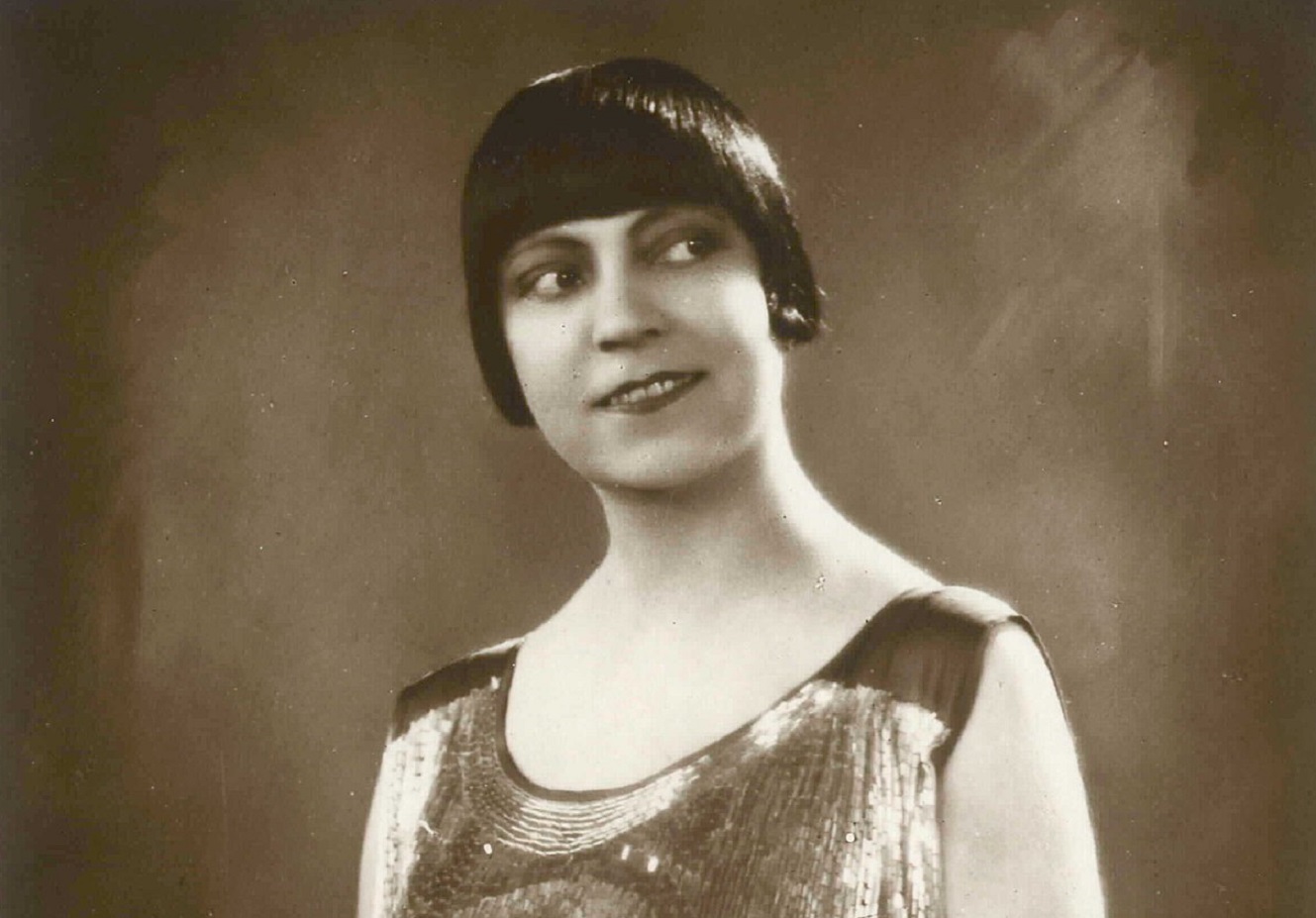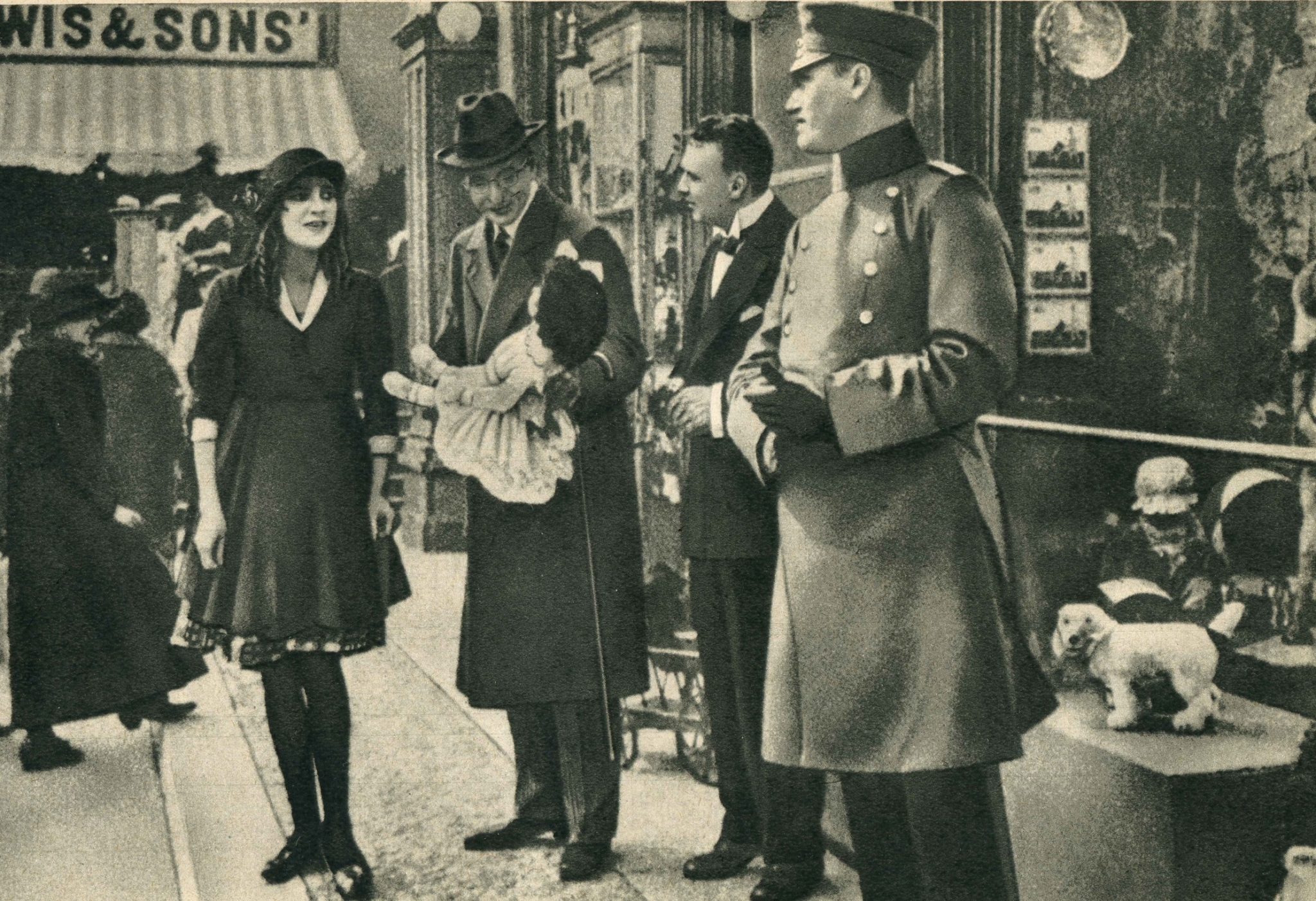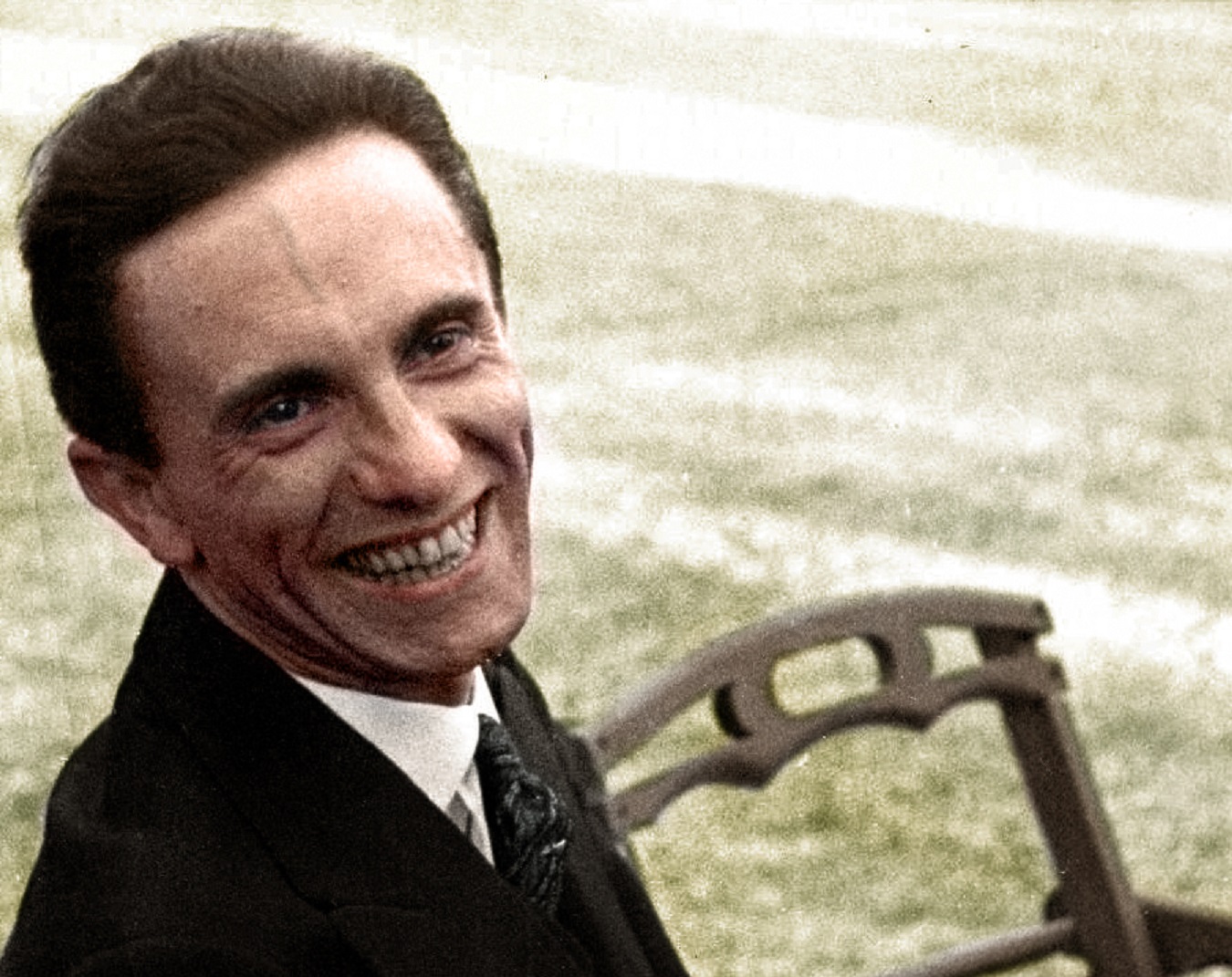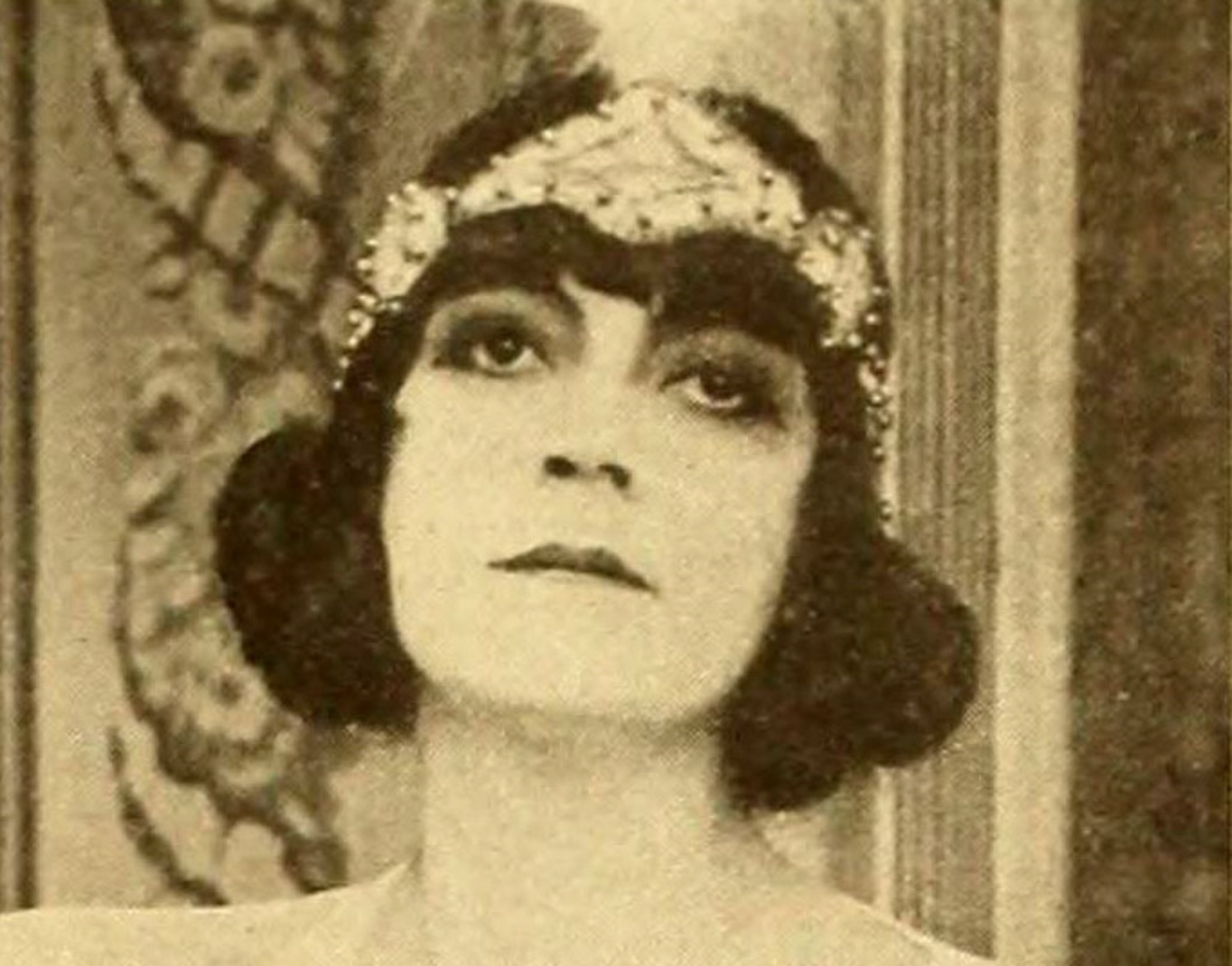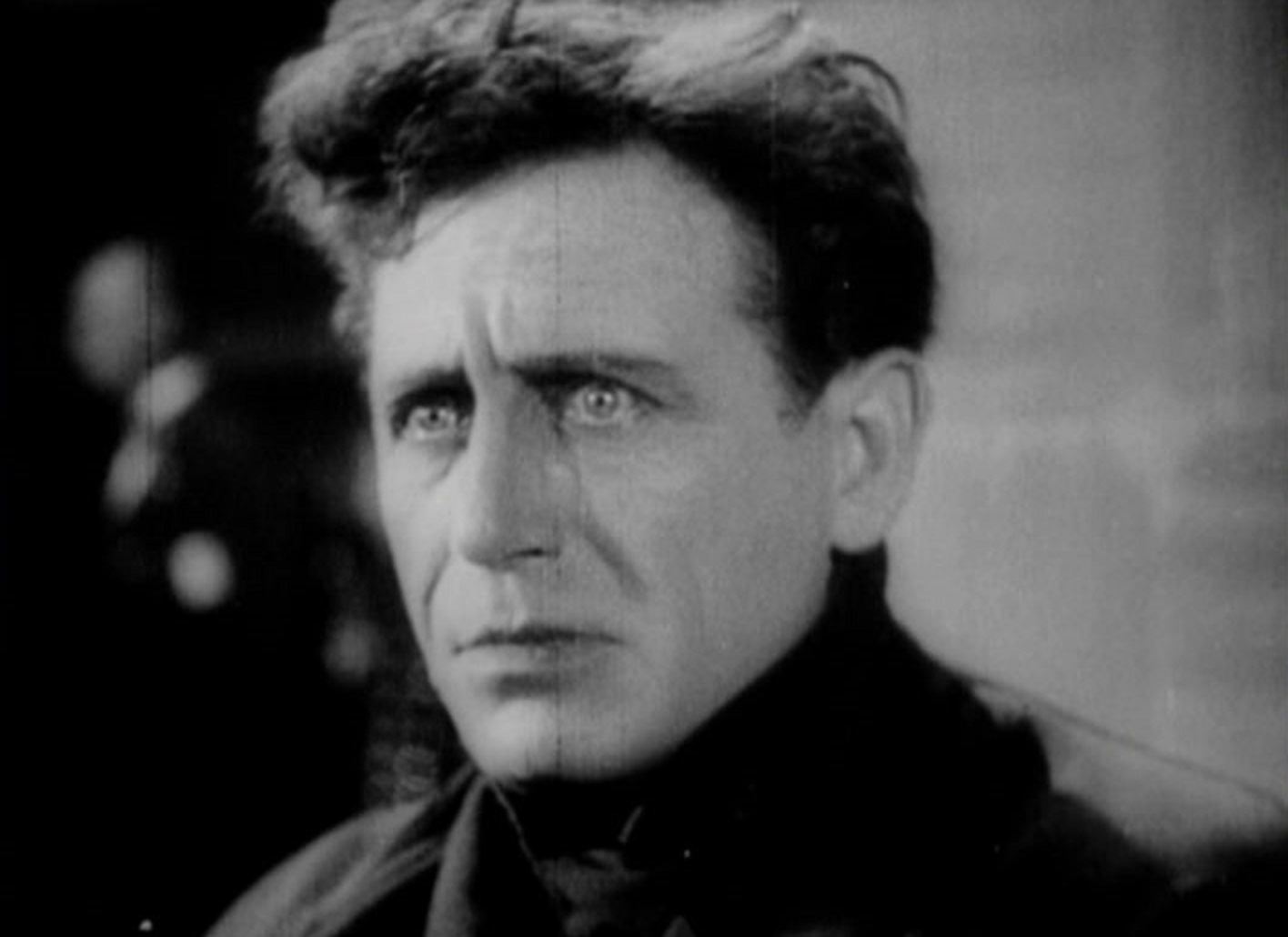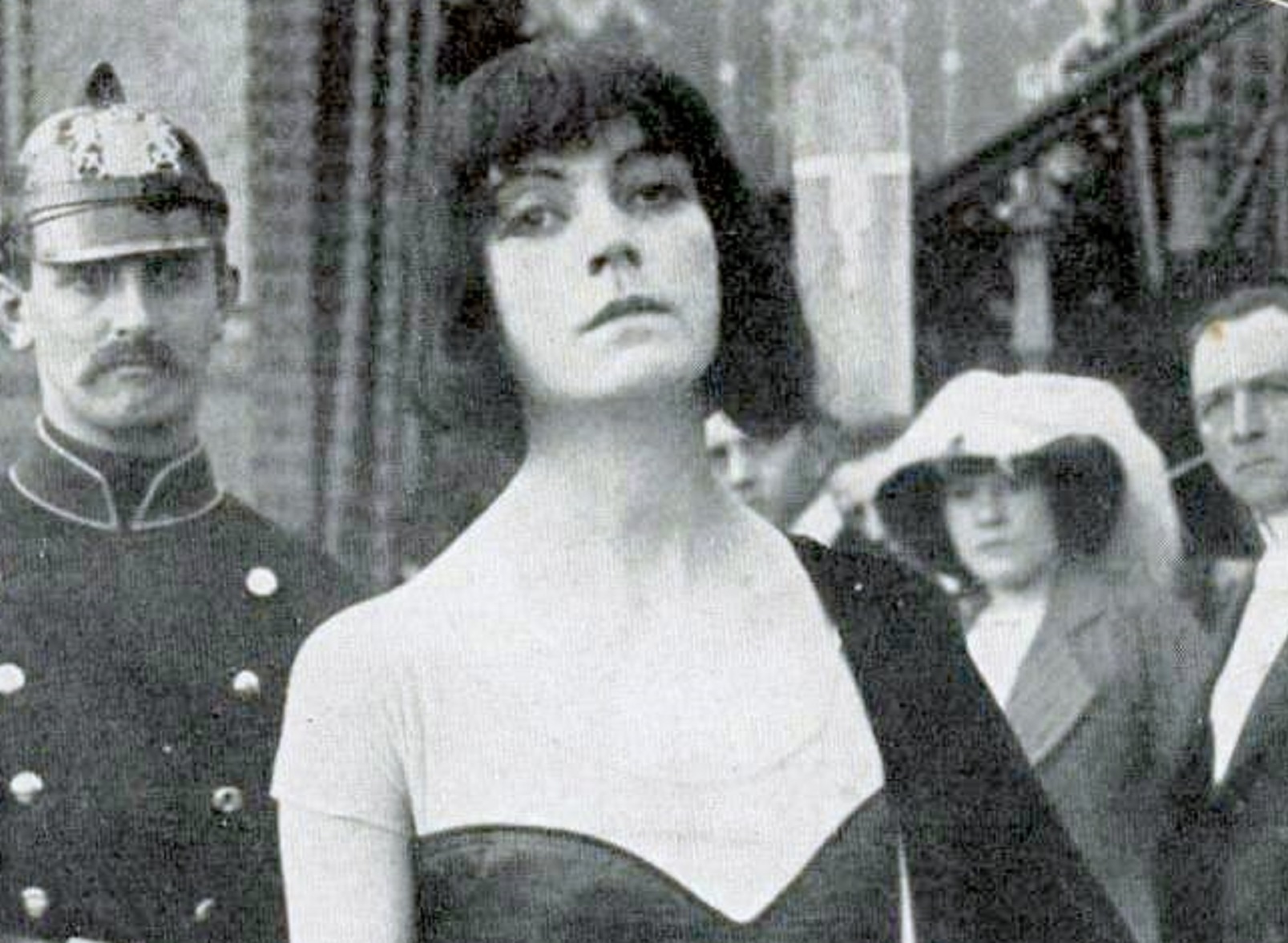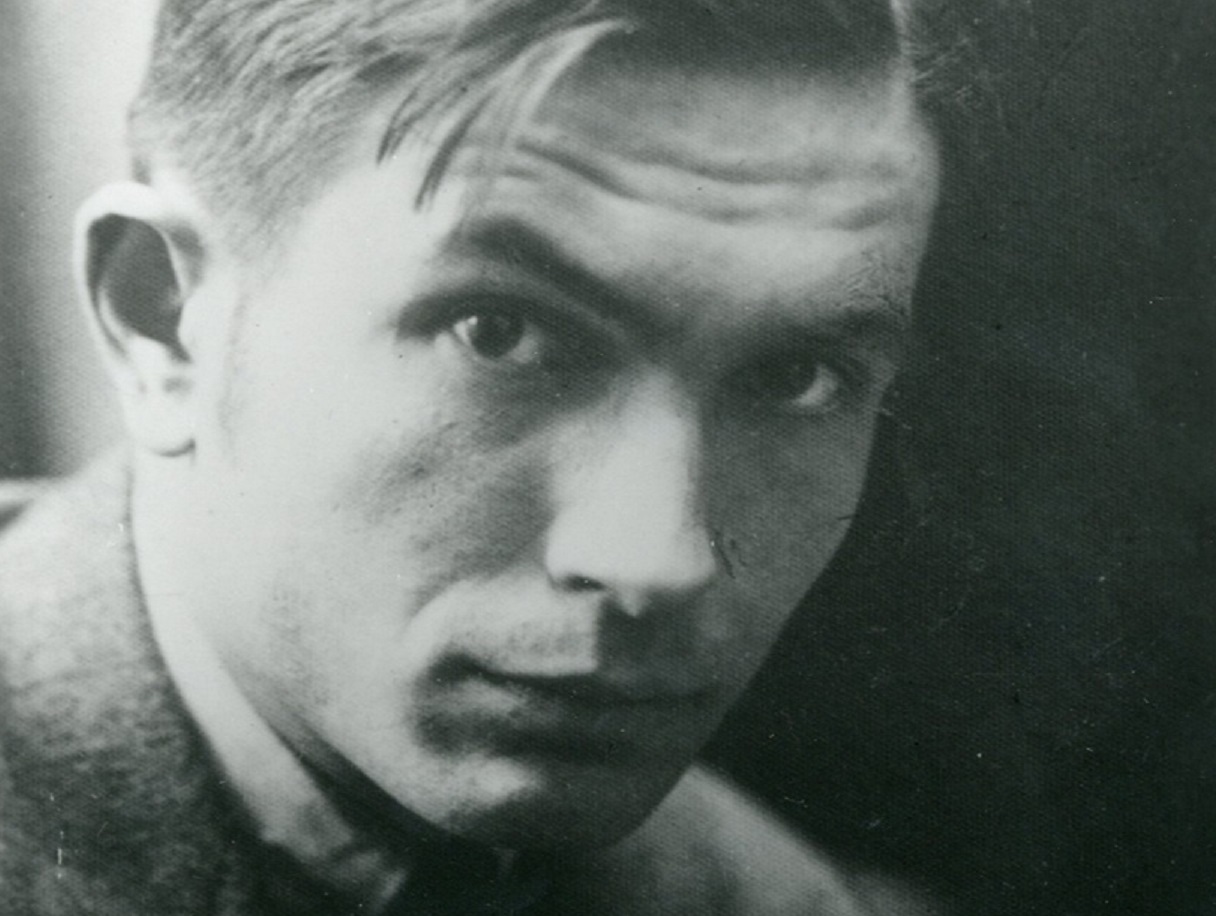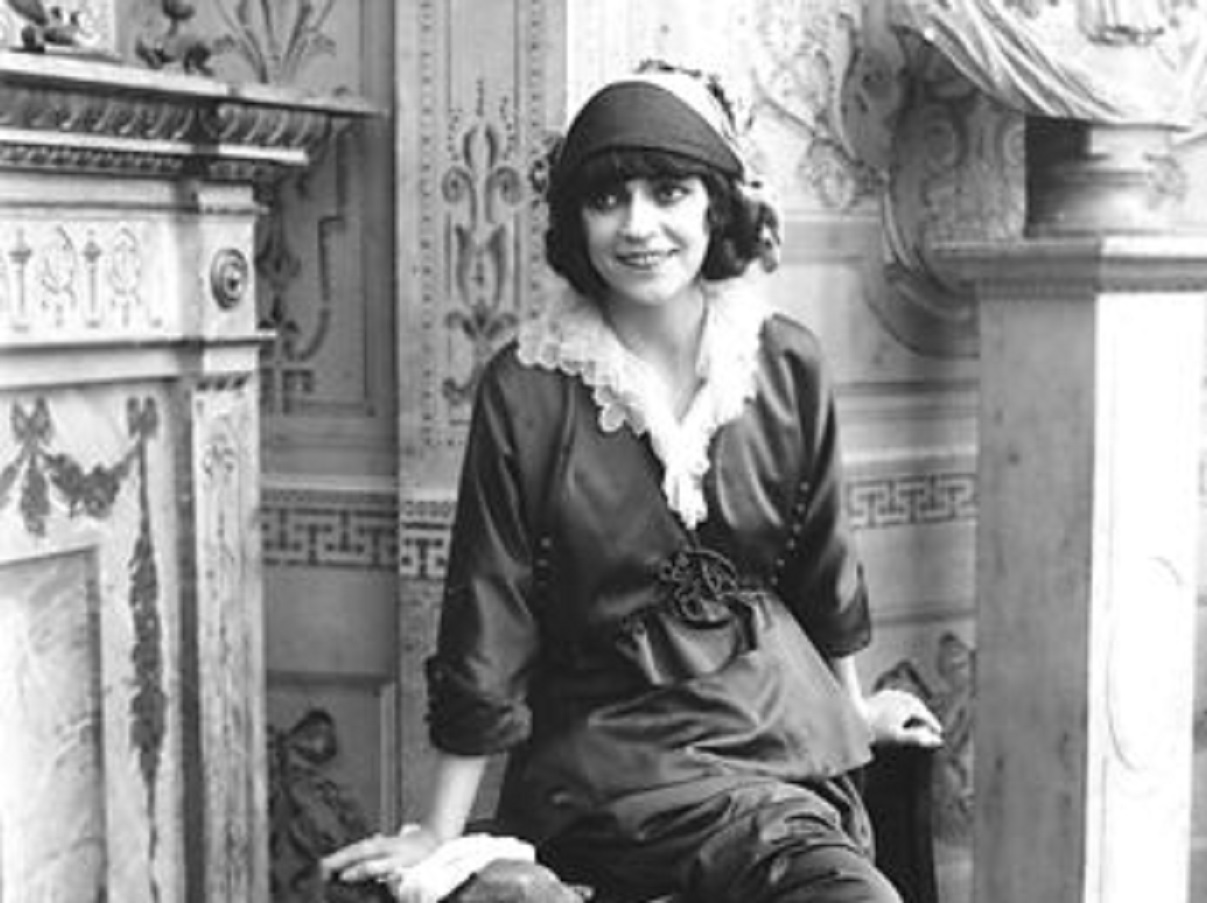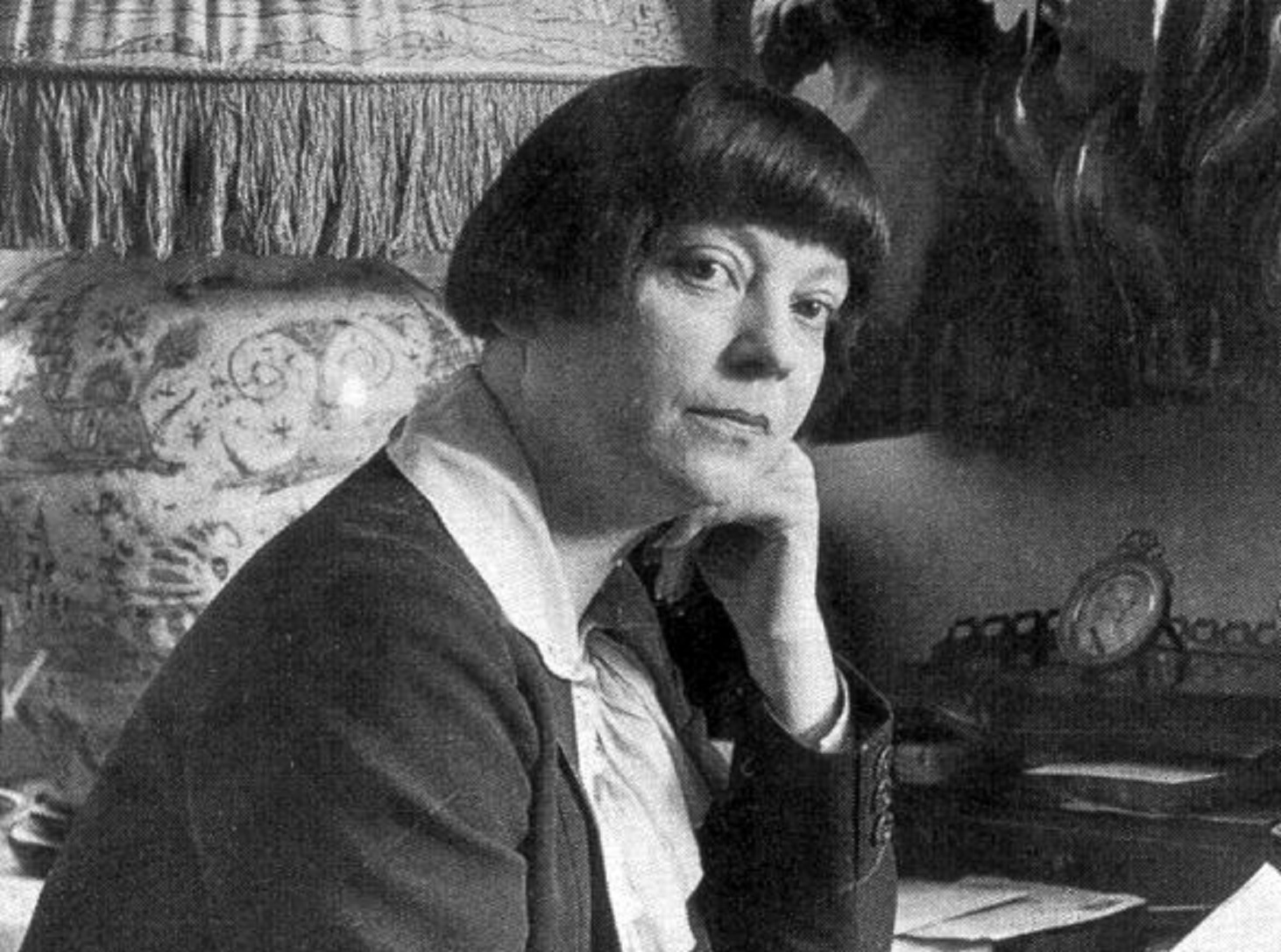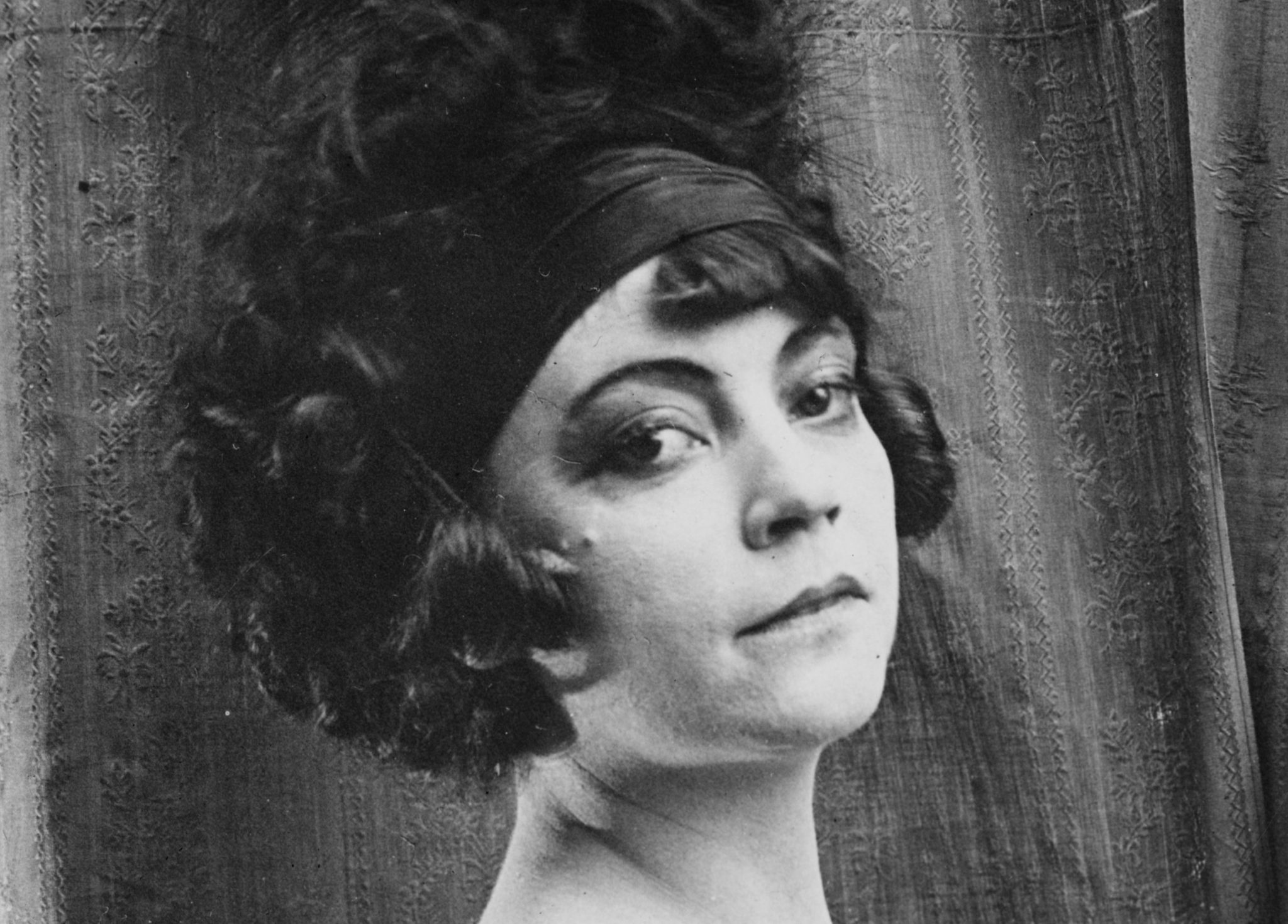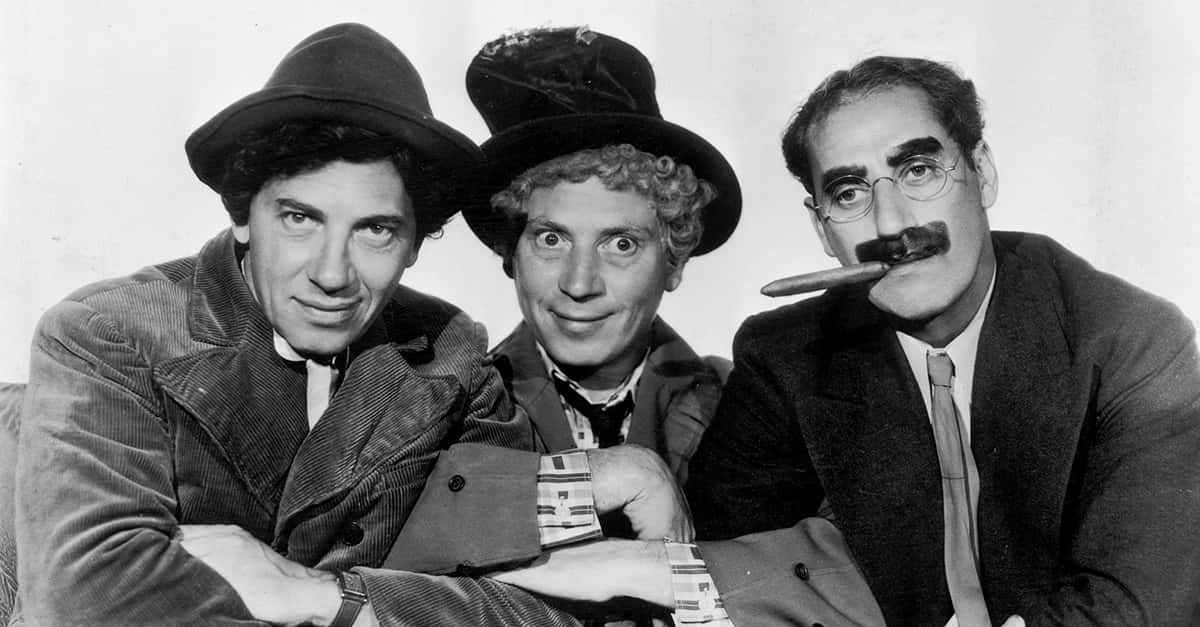If Greta Garbo was "Divine," Danish silent film star Asta Nielsen was supremely human. Famous around the world in the early 20th century as "Die Asta," Nielsen’s minute, natural expressions captured hearts and minds, all without her saying a word. But after the cameras stopped rolling, her life was anything but quiet.
1. She Had A Rags To Riches Story
No one had a classic Cinderella story quite like Asta Nielsen. Born in Copenhagen, Denmark, her father Jens was a blacksmith, but he struggled to find and keep work, partly due to his multiple illnesses. Her mother Ida, meanwhile, was a humble washerwoman. It most certainly wasn’t a glamorous Hollywood start—and it was also terrifying.
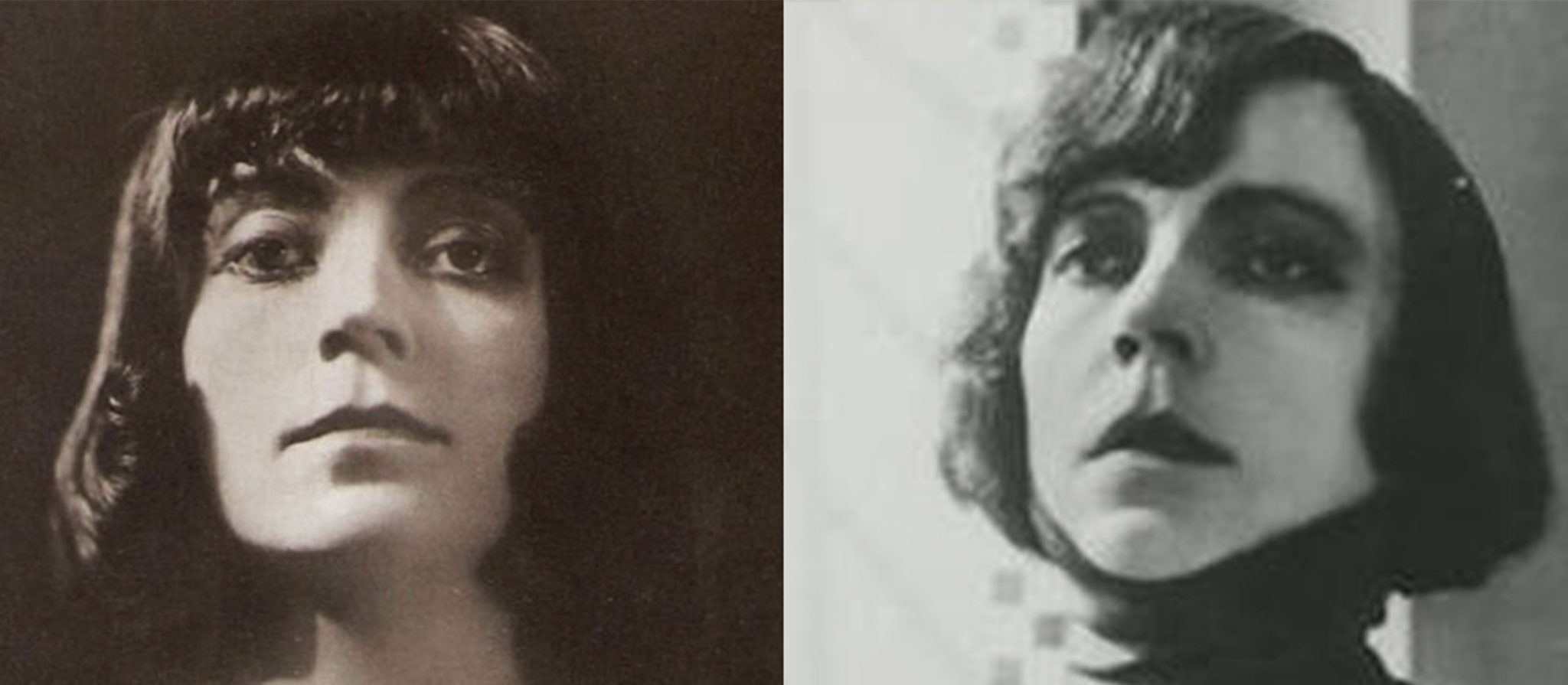
2. Her Mother Beat Her
Although Nielsen was incredibly close with her mother Ida throughout her formative years, the family hid an unsavory secret. Ida had an enormous temper and would often take out her anger on Nielsen and her sister Johanne, usually by whipping the girls. Despite this, Nielsen was close to her family. However, that only made the next events more heartbreaking.
3. She Went Through Every Child’s Worst Nightmare
Nielsen’s father had been sickly for most of her life, and tragedy soon came for the family. After years of Jens trying to hold down a job, regain his health, and pull the family back from the brink of poverty, he passed when Nielsen was just 14 years old. The experience was Nielsen’s first foray into the dark side of life, but it was far from her last.
4. She Struck Out On Her Own
With the mistreatment coming from her mother and the tragedy of her father’s passing, Nielsen learned early on that she could only rely on herself in this life. Accordingly, just four years after saying goodbye to her father, she struck out on her own to join the Royal Danish Theater’s acting school. It wasn’t long before she learned even harsher lessons.
5. She Got Into A Secret Tryst
While at the Royal Danish Theater, Nielsen studied under famous Danish actors like Peter Jerndoff—but after the curtain went down on her performances, she was getting up to some naughty behavior backstage. Around 1901, at the age of 21, the budding actress embarked on a steamy affair. It would soon have lasting consequences.
6. She Was An Unwed Mother
One day, Nielsen went to her family and made a shocking confession. She was pregnant. More than that, she insisted that she was keeping the baby and that she wouldn’t reveal the name of the father. All of this was highly unorthodox for the time she was living in, as many people considered single motherhood "disgraceful". But Nielsen had her reasons…
7. She Was Selfish
According to Nielsen’s memoirs, she always wanted to raise the baby on her own, because "Having a child seems incredibly important to me; but having a husband not at all so". When the child, a little girl she named Jesta, came into the world, Nielsen was true to her word.
She never spoke the father’s name, and raised Jesta only with the help of her mother and sister. In fact, Nielsen barely had a maternity leave. Instead, she got right back to becoming a star—or tried to, anyway.
8. She Didn’t Translate Well On Stage
Nielsen graduated from her acting school in 1902, but soon got a rude awakening. Although she had an utterly entrancing beauty—Nielsen was all raven hair, pale skin, dark eyes, and a wisp of a body—it wasn’t one that translated well on stage. More than that, she had a gravelly speaking voice that put off audiences.
For a long time she worked steadily, but without much fanfare. Then she met the man who would change her life.
9. She Met An Up-And-Coming Director
Nielsen was an experienced, if modest, stage actress when she met fellow Dane and director Urban Gad in 1909. It was a fateful meeting. Gad was beginning to experiment in the new-fangled medium of film and wanted Nielsen to play the part of a woman torn between two lovers in his upcoming movie The Abyss.
Little did Nielsen know, one scene was about to shoot her to stardom.
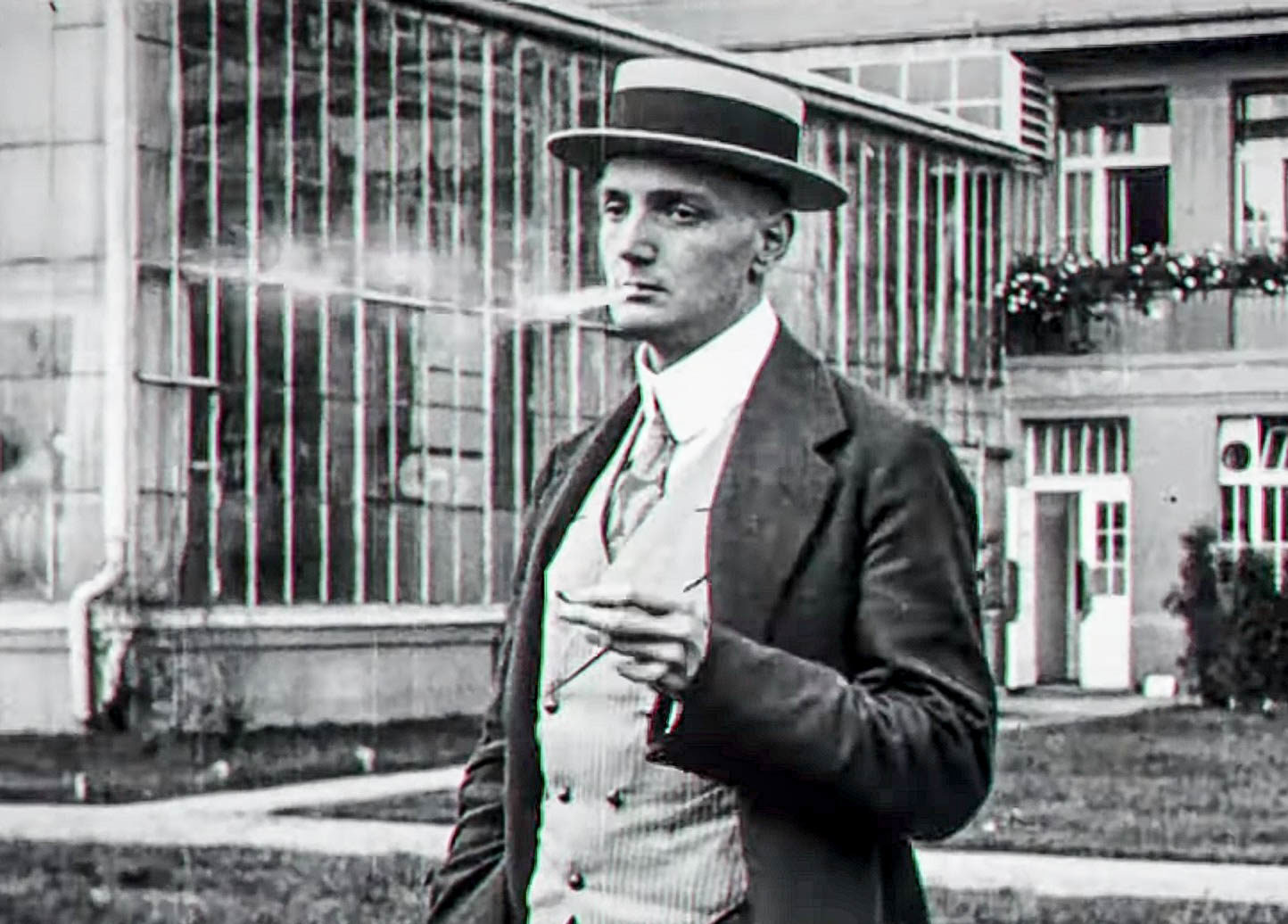 Stumfilm.dk: Film star Asta Nielsen, Det Danske Filminstitut
Stumfilm.dk: Film star Asta Nielsen, Det Danske Filminstitut
10. She Performed An Infamous Scene
In the climax of The Abyss, Nielsen’s tragic character works through her emotions about her two lovers by performing a dance. Only, this wasn’t just any dance. Nielsen performed her tormented "gaucho dance" with such brimming desire and fluid emotion, it caused a sensation in cinemas everywhere.
On stage, Nielsen’s dangerous beauty was muted, and came out awkward and stilted. On film, it moved, and soon audiences were wondering if film had been invented for Nielsen’s dark sensuality alone. Her rise to stardom happened very quickly from there.
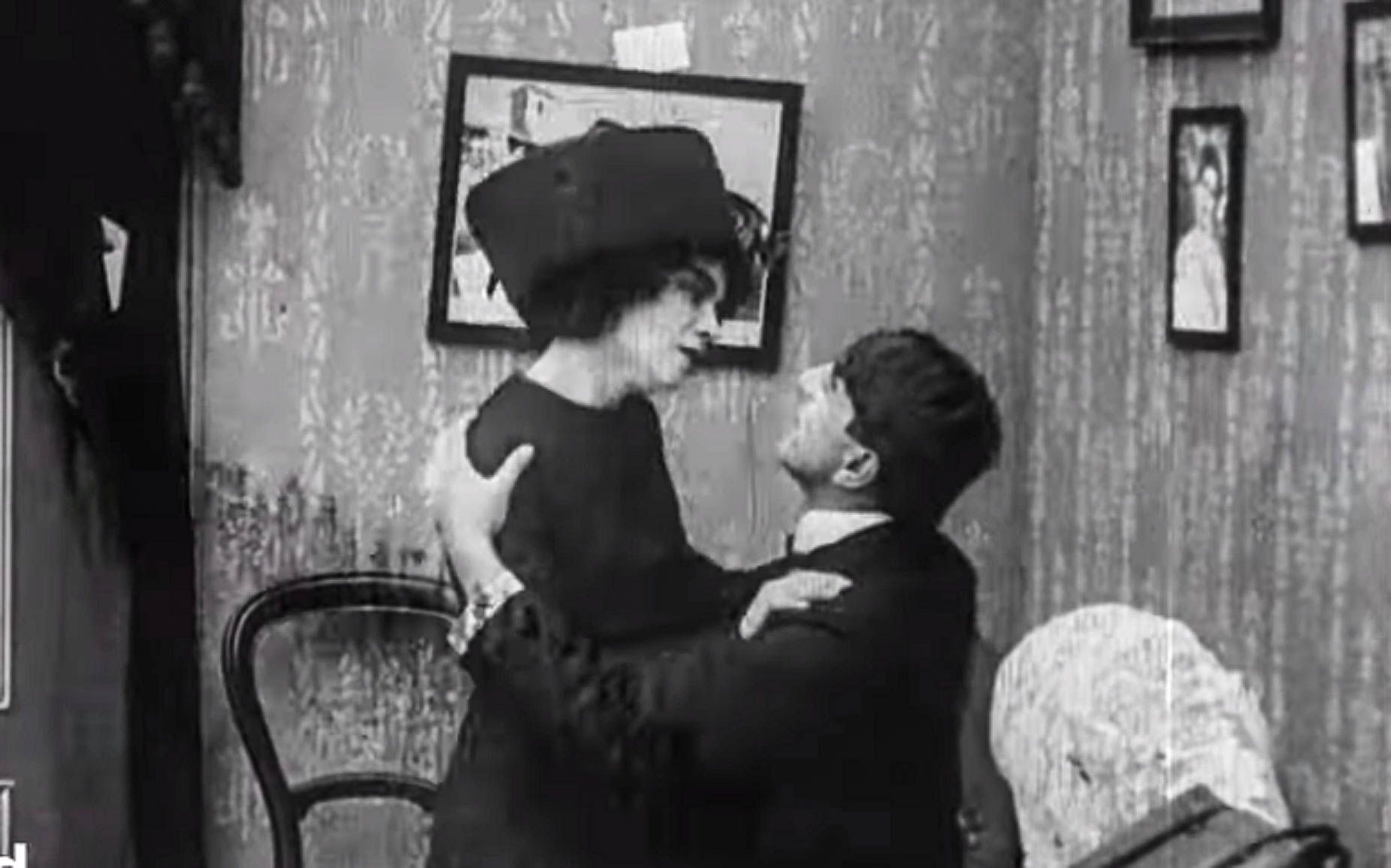 Stumfilm.dk: Film star Asta Nielsen, Det Danske Filminstitut
Stumfilm.dk: Film star Asta Nielsen, Det Danske Filminstitut
11. She Was The First International Starlet
Suddenly, Nielsen’s fame exploded—and not just in her native Denmark or even Europe-wide. It exploded everywhere, and many hail her as the first international star. Indeed, Nielsen was so famous, her fans knew her simply as "Die Asta," or "The Asta". These professional successes weren’t the only big developments in her life, either.
12. She Married Her Boss
It’s easy to fall in love on a film set, and it’s especially easy if that film is a smash hit. Nielsen and her boss Urban Gad quickly fell head over heels for each other, and they married just two years after The Abyss came out. They continued making wildly successful movies together…and it wasn’t long before Nielsen was making jaw-dropping demands.
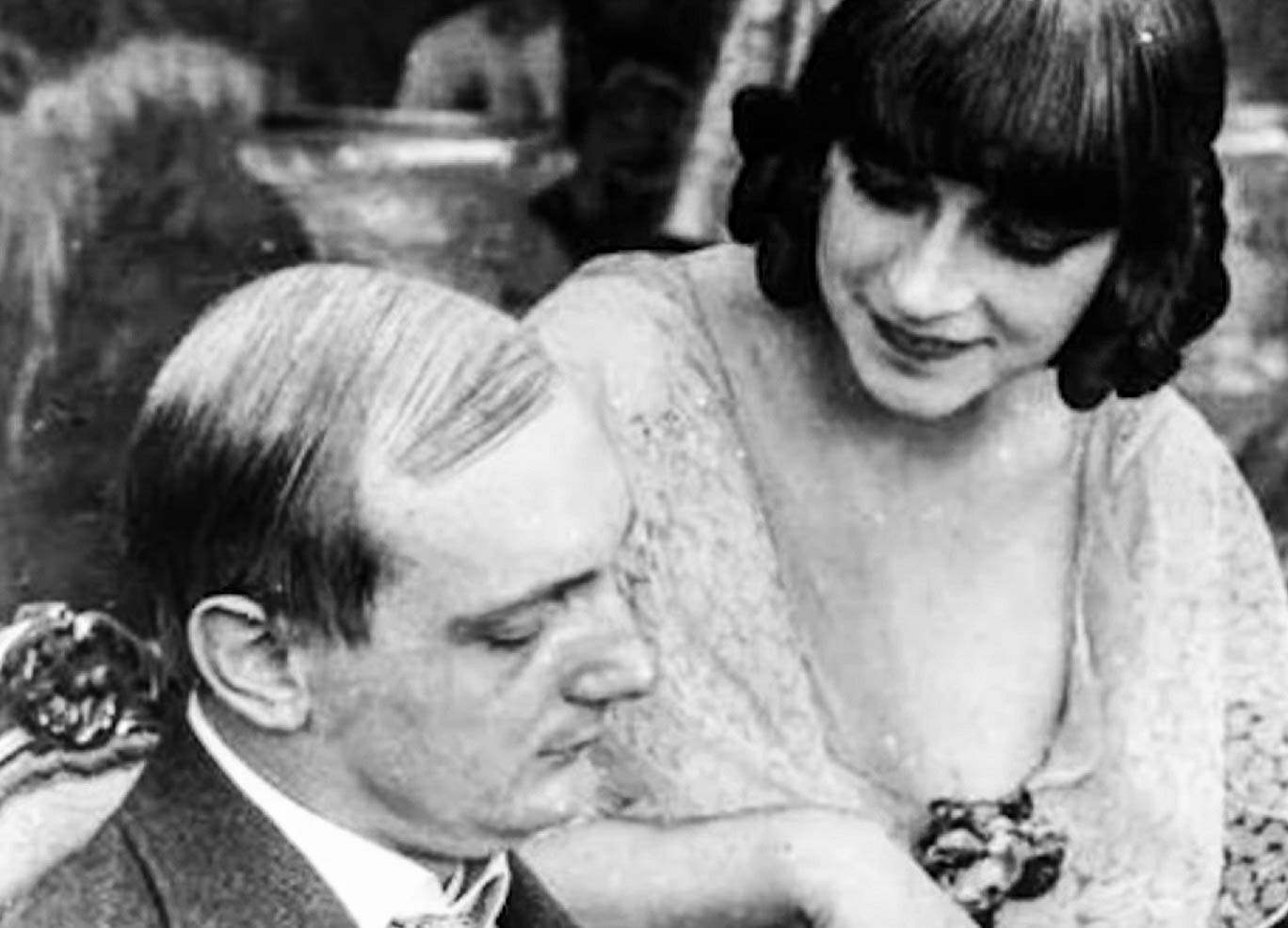 Stumfilm.dk: Film star Asta Nielsen, Det Danske Filminstitut
Stumfilm.dk: Film star Asta Nielsen, Det Danske Filminstitut
13. She Got Anything She Wanted
It’s genuinely difficult to overstate or even describe Nielsen’s popularity at the time, so maybe this will help: She was such a heat score, the German producer Paul Davidson set the starlet up with her very own studio in Berlin, all so she and Gad could keep churning out pictures and making everyone lots of money.
As Davidson put it, "This woman can carry it...Let the films cost whatever they cost". Yet, despite all her popularity, the good times couldn’t last forever.
14. She Was A Diva
Nielsen lived the high life in Berlin for a very long time, commanding eye-popping salaries that made her the highest paid film star in the world for a time. At first, Nielsen even seemed to weather the intense upheavals of WWI, and her popularity remained as high as ever on both sides of the conflict. Then one event nearly destroyed her.
15. A Mob Attacked Her
One day, the famous starlet was strutting along the busy Berlin thoroughfare of Unter den Linden when a mob of people stopped her. Only, they weren’t fans—they were enemies. Thanks to her dark features, they had mistaken her for a Russian, an enemy of the country in WWI, and began accosting her.
The incident shook Nielsen so much that she left Germany for a time. Yet, instead of finding peace, she discovered that other parts of her life were falling apart, too.
16. She Went Through A Hush-Hush Divorce
In 1918, at the tail end of WWI, Nielsen’s relationship with Urban Gad came to a sad, quiet end. Although we don’t know the details of their split, it was at least bitter enough that it stopped the two from working together on their fruitful collaborations. Plus, looking at what Nielsen did next, there very well may have been a scandal in the making.
17. She Moved On Quickly
Just a bare year after ending things with Urban Gad, Nielsen went and married the strapping Swedish shipbuilder Freddy Windgardh. Now, whether Freddy entered the picture before or after her relationship with Gad is debatable, but Nielsen seemed thoroughly in lust with him, calling him "divinely beautiful". And Freddy certainly helped her get her groove back.
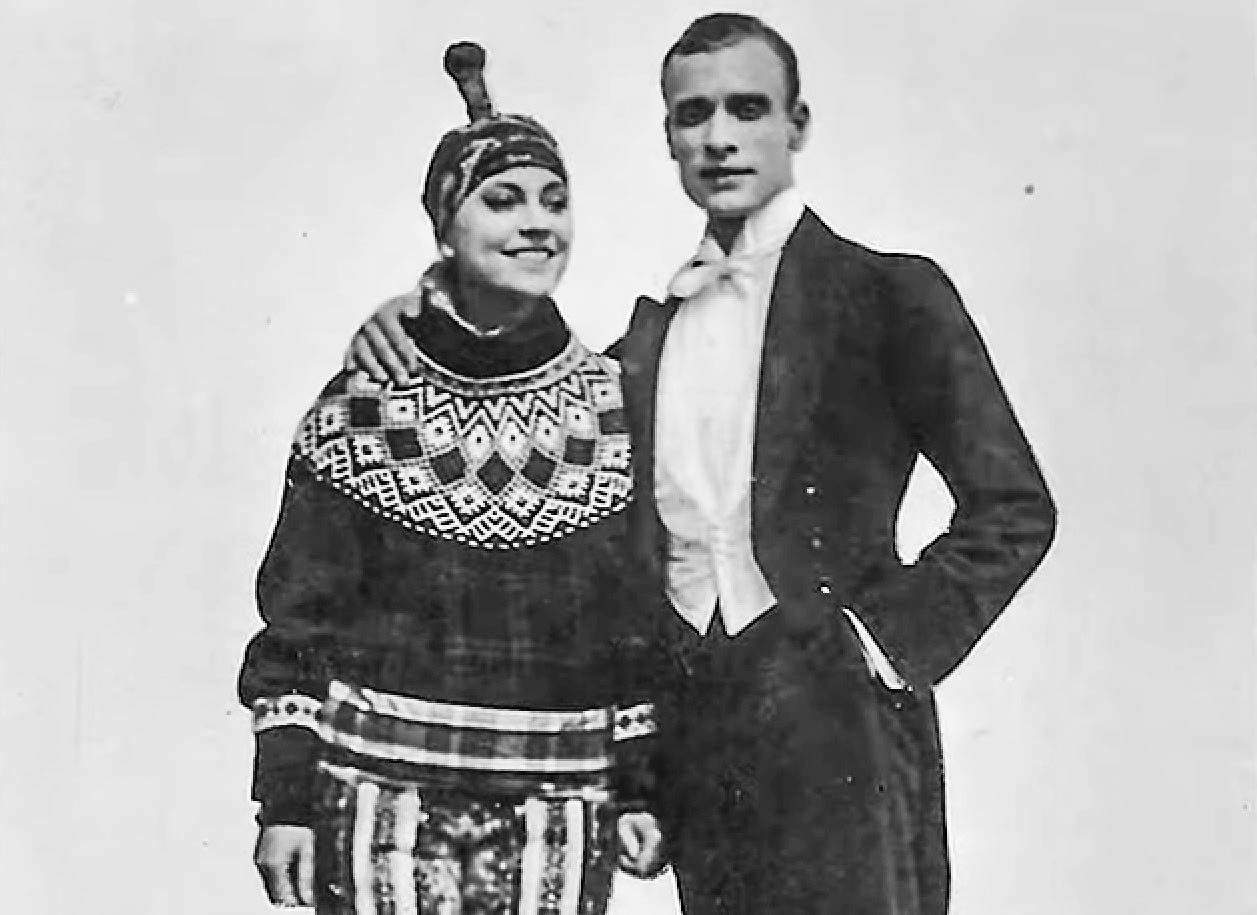 Stumfilm.dk: Film star Asta Nielsen, Det Danske Filminstitut
Stumfilm.dk: Film star Asta Nielsen, Det Danske Filminstitut
18. She Played A Famous Figure
In 1921, WWI was over, and Nielsen made one of the most triumphant comebacks in history. Working under her own production company, Asta Films, Nielsen decided to make a gender-bending Hamlet, were the girl Hamlet had been disguised as a boy all her life in order to inherit the throne.
It remains one of Nielsen’s most famous films—but every time there was a high point in Nielsen’s life, a low one was just around the corner.
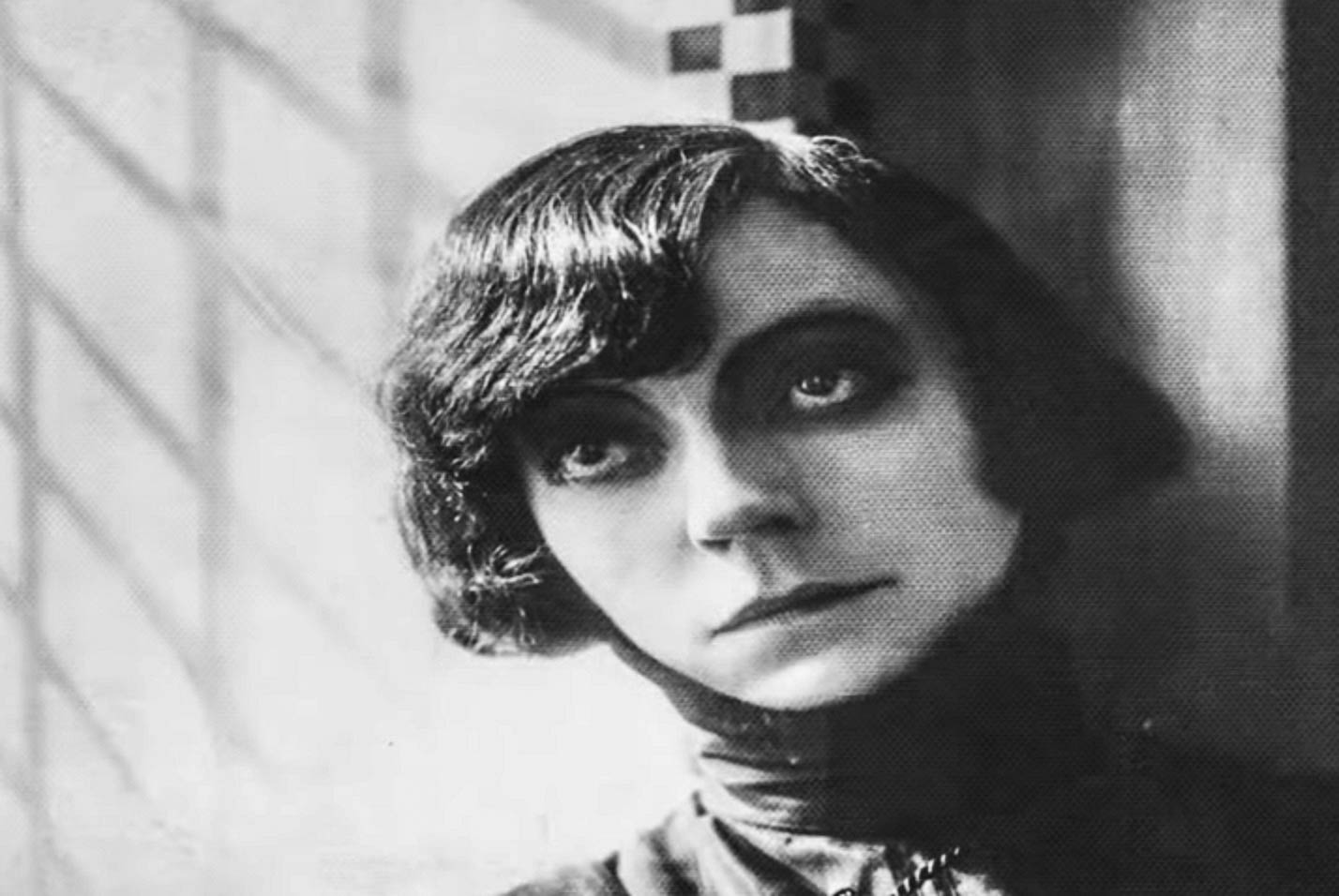 Stumfilm.dk: Film star Asta Nielsen, Det Danske Filminstitut
Stumfilm.dk: Film star Asta Nielsen, Det Danske Filminstitut
19. She Had A Swift Breakup
Nielsen’s relationship with Freddy Windgardh had always been hot and heavy, but it came to a shrieking halt. They had married in some haste, and they broke up just as quickly. By 1923, after just four years of marriage, the two called it quits. Then again, just as in her split with Urban Gad, something was fishy about this breakup.
20. She Slid Into Her Next Relationship
Just after breaking it off with Freddy Windgardh, Nielsen jumped into yet another relationship, this time with Ukrainian actor Gregori Chmara. Chmara’s square-jawed good looks were enough to make Nielsen weak in the knees, but this time she kept her head screwed on a little tighter. Although they were together for so long they became common-law partners, the pair never tied the knot. Besides, Nielsen had much bigger goals in mind by then.
21. She Was A Natural
Nielsen had always had something special, but at the height of her fame it became clear exactly what that was: She revolutionized the way people act. Where many actors often relied on mugging for the camera in exaggerated expressions, Nielsen was supremely natural.
As one critic put it, "She does not just pose before the camera, nor does she rant and tear around violently. She impersonates a character". In other words, Nielsen was one of the first "modern" actors on film—and her pedigree began to show it.
22. She Co-Starred With A Future Celebrity
In 1925, Nielsen was at the top of her game, so much so that she performed alongside a future mega star and still outshone her. Nielsen worked with the up-and-coming Greta Garbo on director GW Pabst’s The Joyless Street. Garbo would later admit of Nielsen, "In terms of expression and versatility, I am nothing to her".
That said, in the end, Joyless Street became a deep insult to Nielsen.
23. History Tried To Erase Her
While many consider Joyless Street something of a classic today, that’s mostly because Garbo went on to achieve incredible fame. Unfortunately, few remember Nielsen for her role—and for one upsetting reason. When producers released a version of the film in the US, they significantly cut down on Nielsen’s story line.
Sadly, more unwelcome changes were coming.
24. Her Luck Took A Turn For The Worse
Right around this time, sound films became more and more prevalent, completely changing the landscape of Hollywood and European cinema along the way. Suddenly, an old ghost came back to haunt Nielsen. Remember, Nielsen had never been suited to stage roles, partly because of her strange, sonorous voice. And that wasn’t the only problem.
25. She Had Stiff Competition
Nielsen had gotten a relatively late start in her film stardom, and she was now in her middle age. All around her, however, a new crop of ingenues just like Greta Garbo were threatening Nielsen’s supremacy. They were also, unfortunately, much better suited to sound films. So Nielsen made the only decision she could.
26. She Refused To Film
Faced with her own obsolescence, Nielsen took it on the chin. In true diva fashion, she decided to retire from the screen completely. In the end, Nielsen made just one sound film, Impossible Love, before depriving moviegoers of her presence entirely. Still, this was far from the end for Die Asta. Unfortunately, though, it was the beginning of a very dark nightmare.
27. Her World Began To Darken
By now, Nielsen was a grand dame of German cinema, and people revered her as they would a goddess or a muse. This got her into horrific trouble. In the early 1930s, with the rise of the Third Reich in Berlin, she was right in the crosshairs of the propaganda ministry looking for celebrities to support their cause.
Nielsen was about to get a very indecent proposal.
28. She Got A Horrible Offer
As the Fuhrer rose to power, no less than his right-hand man and propaganda minister, Joseph Goebbels, contacted Nielsen. Goebbels laid it on thick for Nielsen, promising that she could have her own studio again if only she’d return to making films for the glory of the German race. Then, as if that weren’t enough, Nielsen got another chilling invite.
29. She Had Tea With The Fuhrer
Goebbels was one thing, but Nielsen was about to meet the man himself. Nielsen claimed that one day, Adolf H invited her over to have a civilized drink of tea with him, all while he regaled her with the ways her star-power could help him sell his nefarious ideas to the rest of Germany.
But if Joseph and Adolf thought they had it in the bag, they didn’t know Asta.
30. She Was Insolent To Adolf’s Face
If Nielsen wasn’t quite sure what to do with this aggressive courting by some of the worst men in history, she soon figured it out. She let them know her displeasure in a very public way. According to Nielsen, in 1935 she attended a gala, sat next to the Fuhrer at a table, and behaved extremely "insolently" toward him. Then she went one step further.
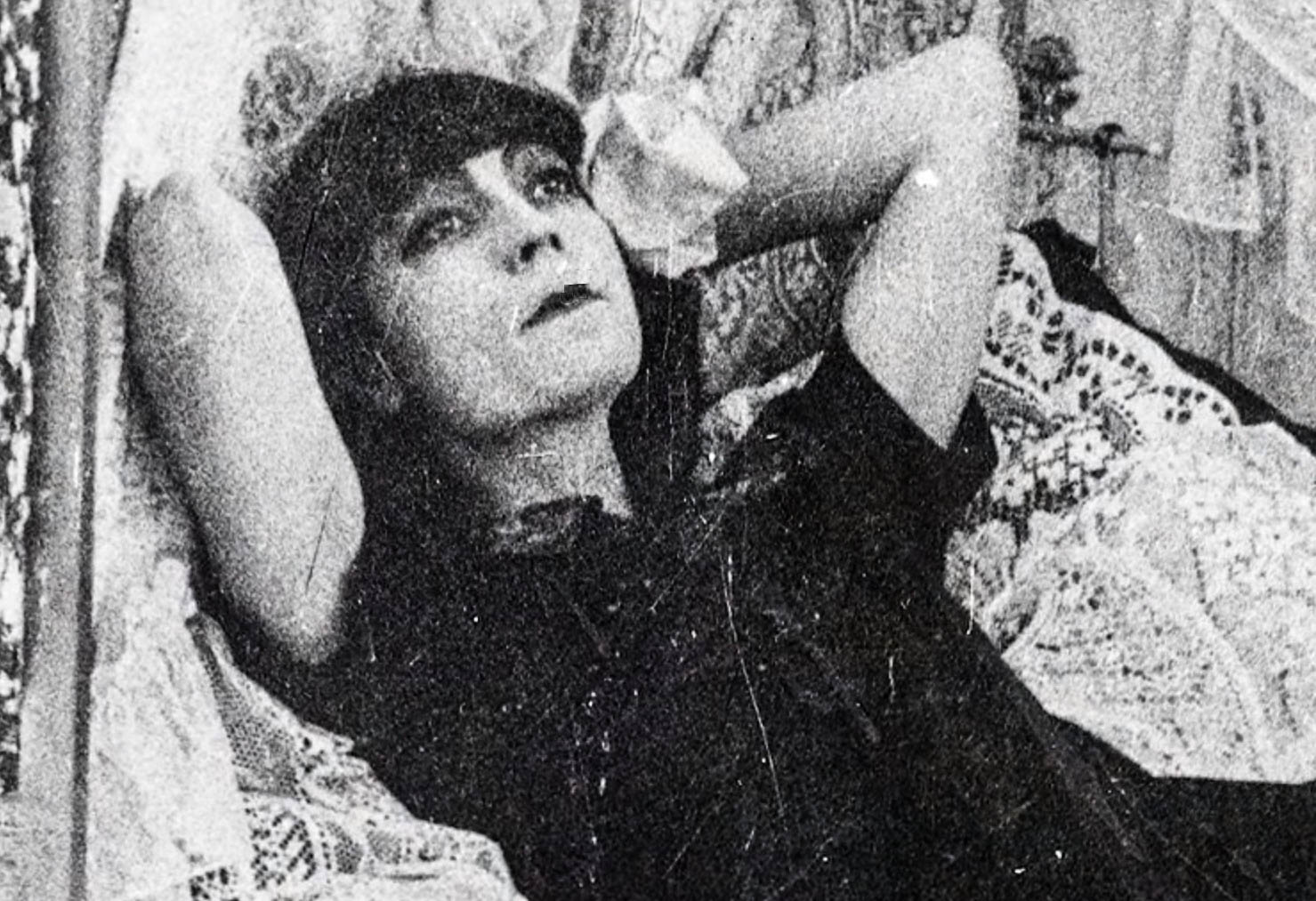 Stumfilm.dk: Film star Asta Nielsen, Det Danske Filminstitut
Stumfilm.dk: Film star Asta Nielsen, Det Danske Filminstitut
31. She Escaped Germany
By then, Nielsen knew that she had only two choices: Stay and condone what was happening in Germany or get the heck out. For the brash Asta, it was a no-brainer. She chose the latter and moved back to Copenhagen after years in her beloved Berlin. Yet this hasty escape wasn’t without its sacrifices—enormous sacrifices.
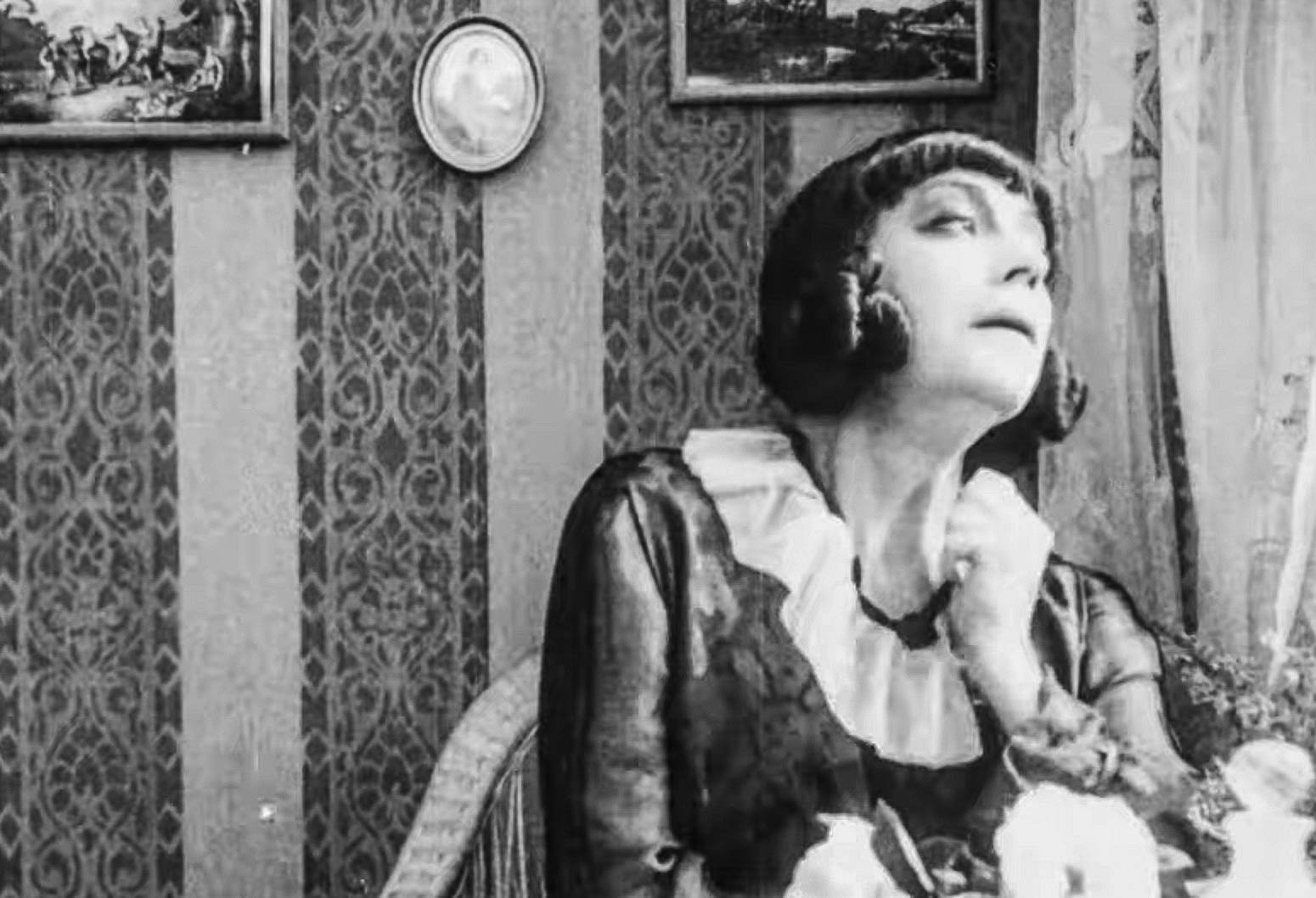 Stumfilm.dk: Film star Asta Nielsen, Det Danske Filminstitut
Stumfilm.dk: Film star Asta Nielsen, Det Danske Filminstitut
32. Her Relationship Fell Apart
Nielsen found Copenhagen "provincial" upon her return, and nothing like the bustling Weimar Berlin she was used to. That wasn’t her only loss, however. Throughout the past decade, Nielsen’s relationship with the actor Gregori Chmara had been going strong, but it still wasn’t strong enough to survive the move; they split the same year.
Without a relationship to take up her time, Nielsen’s thoughts turned elsewhere.
33. She Watched War Begin Again
While still settling into Copenhagen, Nielsen began to feel restless—restless, perhaps, that she hadn’t done enough to stop the Third Reich, which was only gaining more power as the years went on. So when WWII became a full-blown conflict, she knew that running away from the problem wouldn’t cut it anymore. Instead, Nielsen took heroic action.
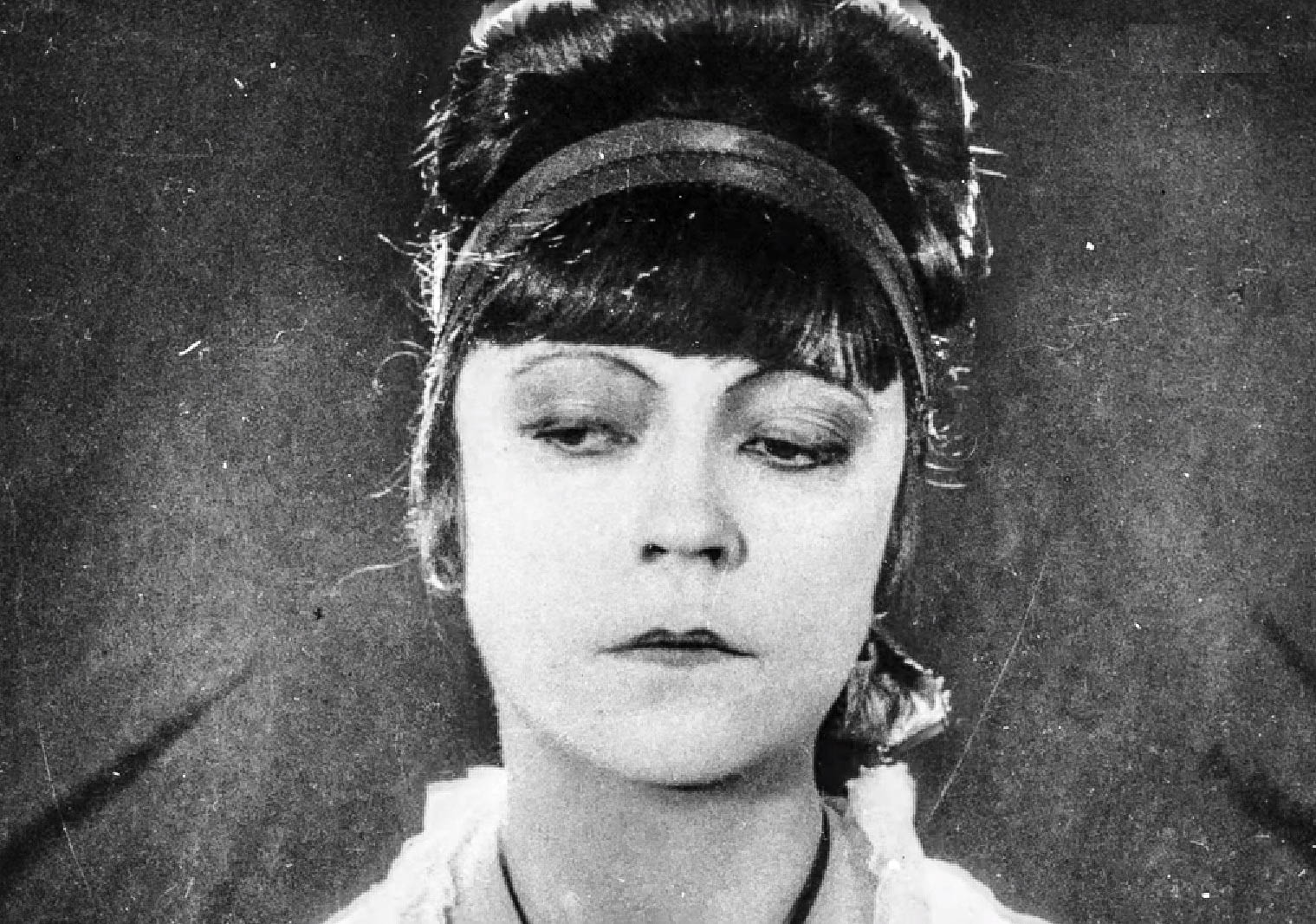 Stumfilm.dk: Film star Asta Nielsen, Det Danske Filminstitut
Stumfilm.dk: Film star Asta Nielsen, Det Danske Filminstitut
34. She Performed A Heroic Deed
During WWII, Asta Nielsen quite literally put her money where her mouth was and began sending funds to a young man named Allan Hagedorff. Hagedorff was a fellow Dane who had stayed in Germany, and he used Nielsen’s money to send food parcels to Jews still living under the terrifying Third Reich. Yet this was a very dangerous game.
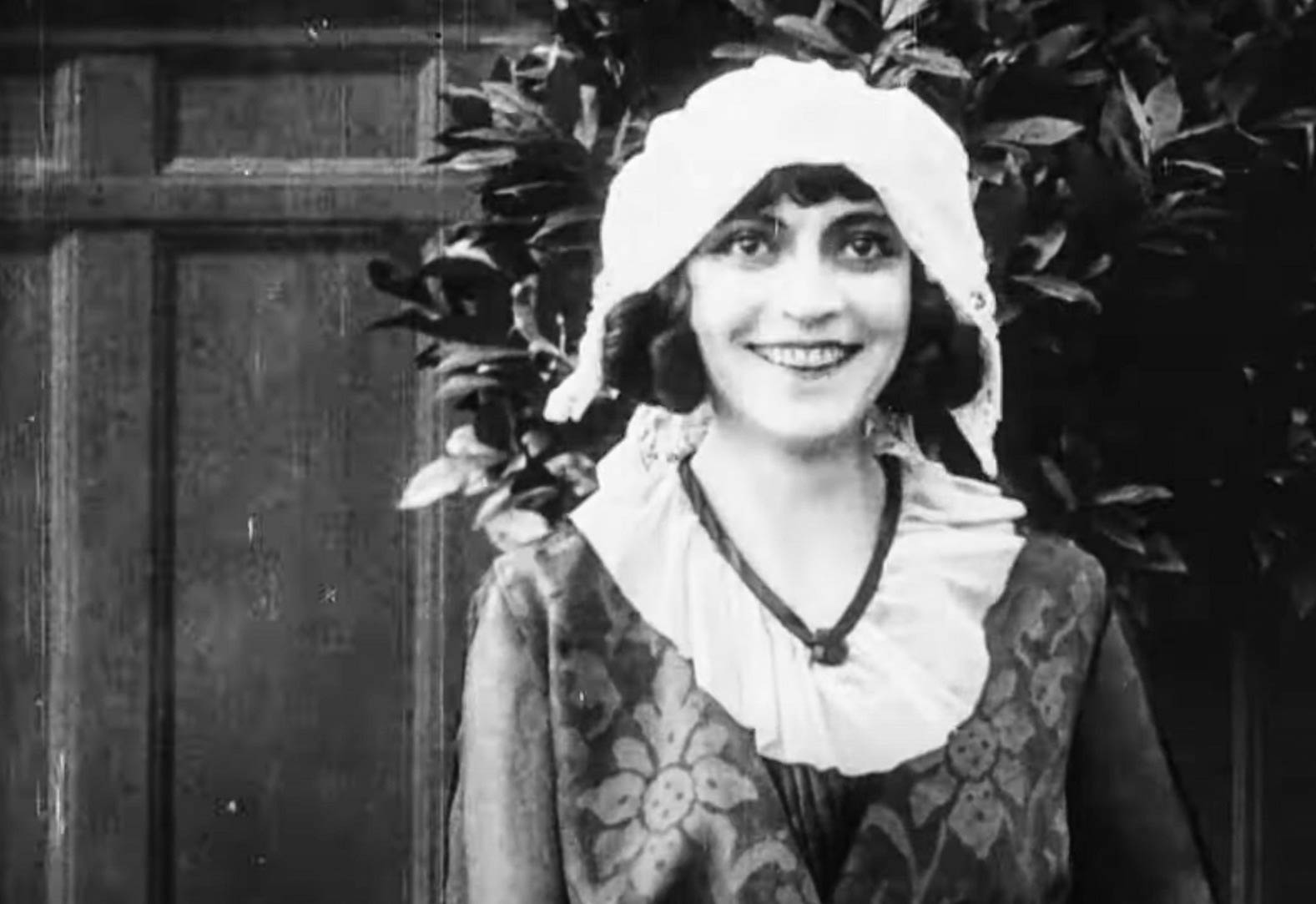 Stumfilm.dk: Film star Asta Nielsen, Det Danske Filminstitut
Stumfilm.dk: Film star Asta Nielsen, Det Danske Filminstitut
35. Her Friend Was In Grave Danger
Nielsen didn’t lack money, and she certainly didn’t lack conviction, so her partnership with Hagedorff was wildly effective. So effective, in fact, that it caught the attention of the German secret police, the Gestapo. Clued into the fact Hagedorff was sending an abundance of parcels to a particular Jewish Ghetto, they showed up on his doorstep one day and warned him off.
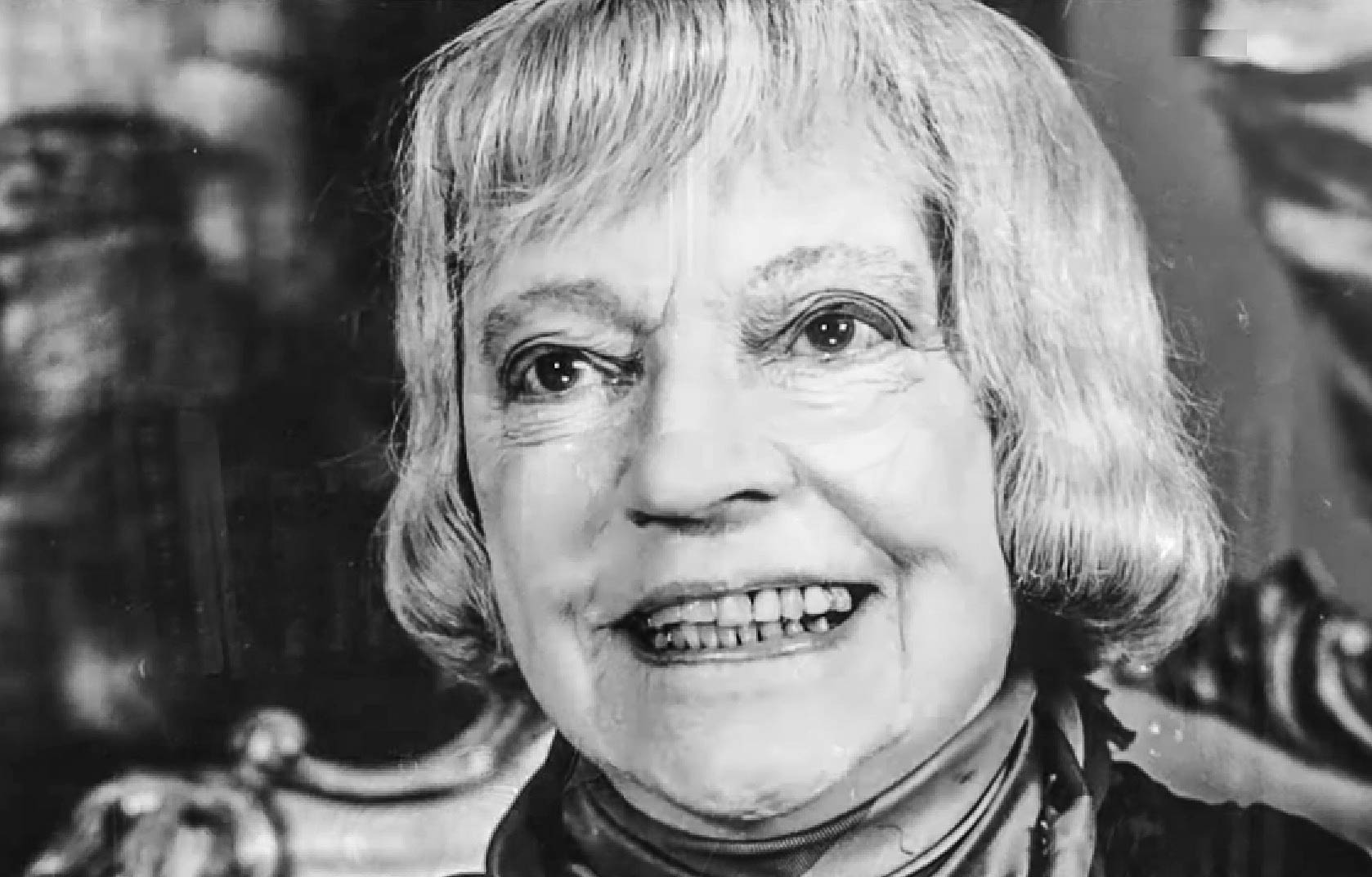 Stumfilm.dk: Film star Asta Nielsen, Det Danske Filminstitut
Stumfilm.dk: Film star Asta Nielsen, Det Danske Filminstitut
36. She Stopped Acting Entirely
Nielsen had survived so much in her career, but by the end of WWII, she was older and more exhausted than she had ever been. Although the end of the conflict might have given her more opportunities to go back to films or the stage in Berlin, she declined another comeback and stayed in Denmark.
Only, once more, you couldn’t really keep Asta Nielsen down. As we’ll see, she just began a strange new chapter.
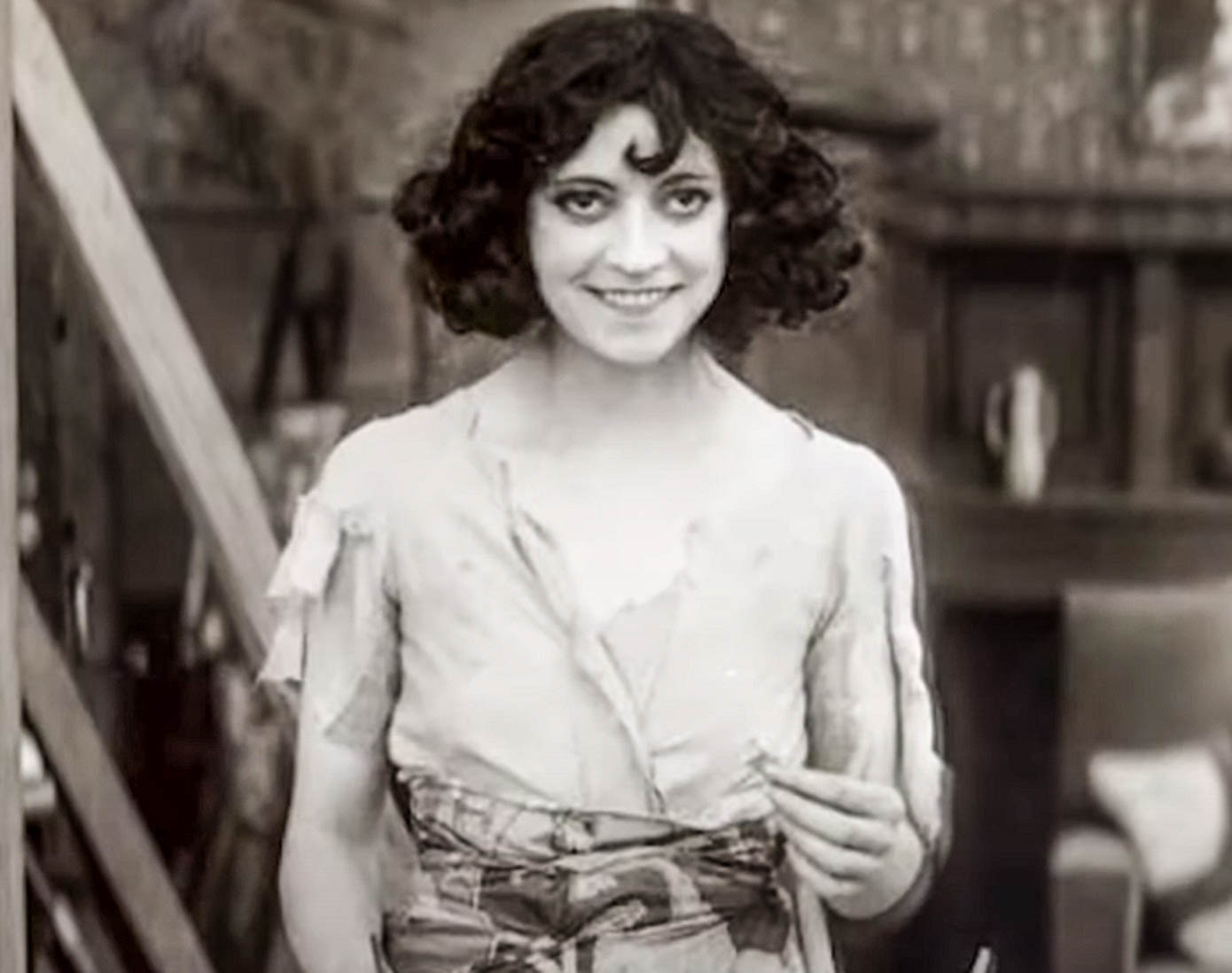 Stumfilm.dk: Film star Asta Nielsen, Det Danske Filminstitut
Stumfilm.dk: Film star Asta Nielsen, Det Danske Filminstitut
37. She Could Do A Lot With Very Little
Nielsen’s stories from set are a lot different than you might imagine. After all, she worked in the early days of film where everyone was still figuring it out, and she often had to create emotional moments with very little direction. In one example, Nielsen claimed she only got a note that read "Baby dies. Asta’s main scene," and had to make the most of it.
38. She Was The Most Popular Actress
During Nielsen’s glory days in 1911, one Russian popularity poll made it clear just how beloved she was. In the poll, Nielsen came out as the top actress of the era, and was second only in her profession—regardless of gender—to comic Max Linder.
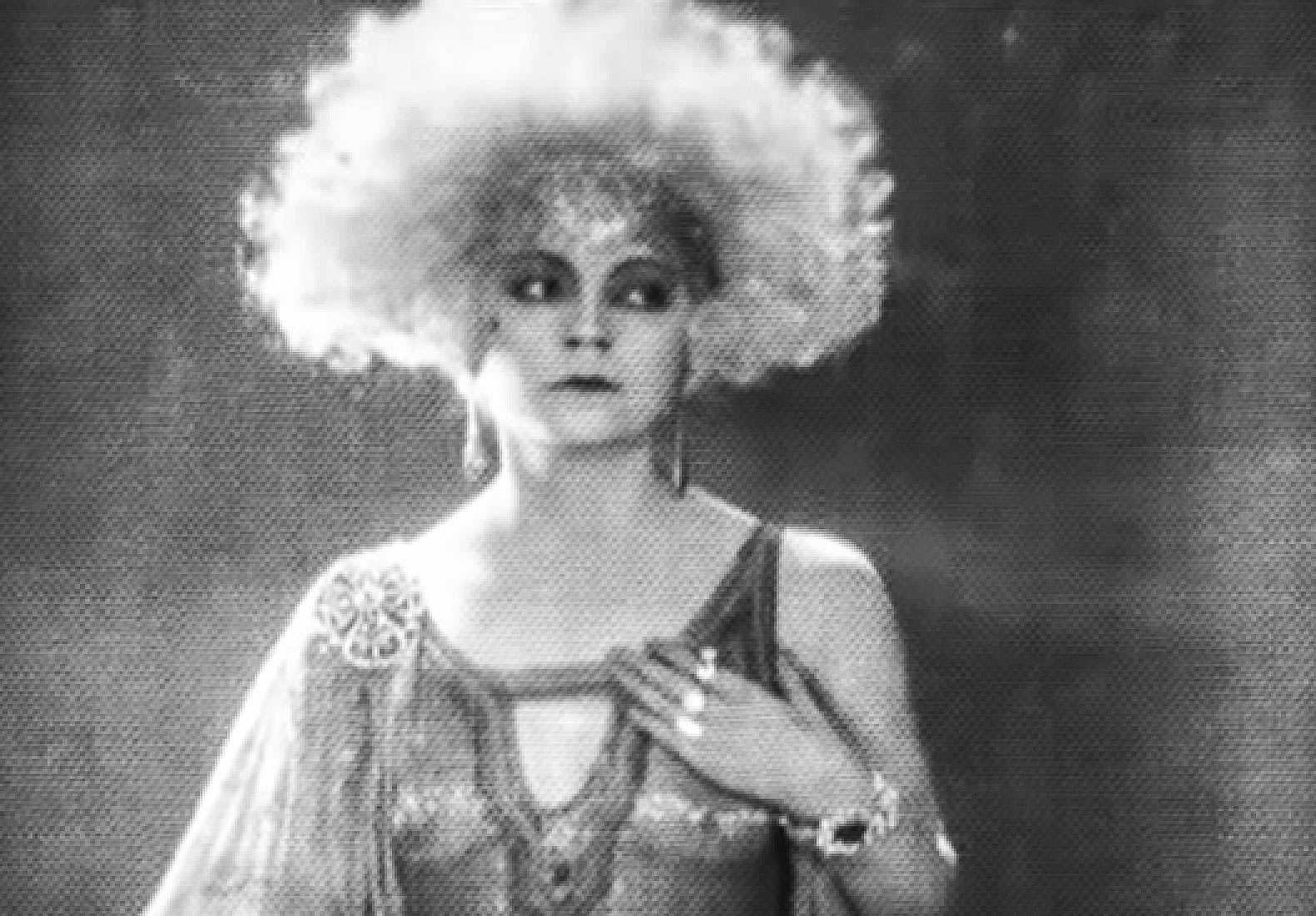 Stumfilm.dk: Film star Asta Nielsen, Det Danske Filminstitut
Stumfilm.dk: Film star Asta Nielsen, Det Danske Filminstitut
39. She Was Human
One of Nielsen’s collaborators, director GW Pabst, summed up her appeal in what is perhaps the most apt phrasing of both her natural talent and her ability to blow other starlets out of the water. As Pabst said, "One has long spoken of Greta Garbo as ‘the divine’—for me Asta Nielsen has always been and will always remain ‘the human being’ par excellence".
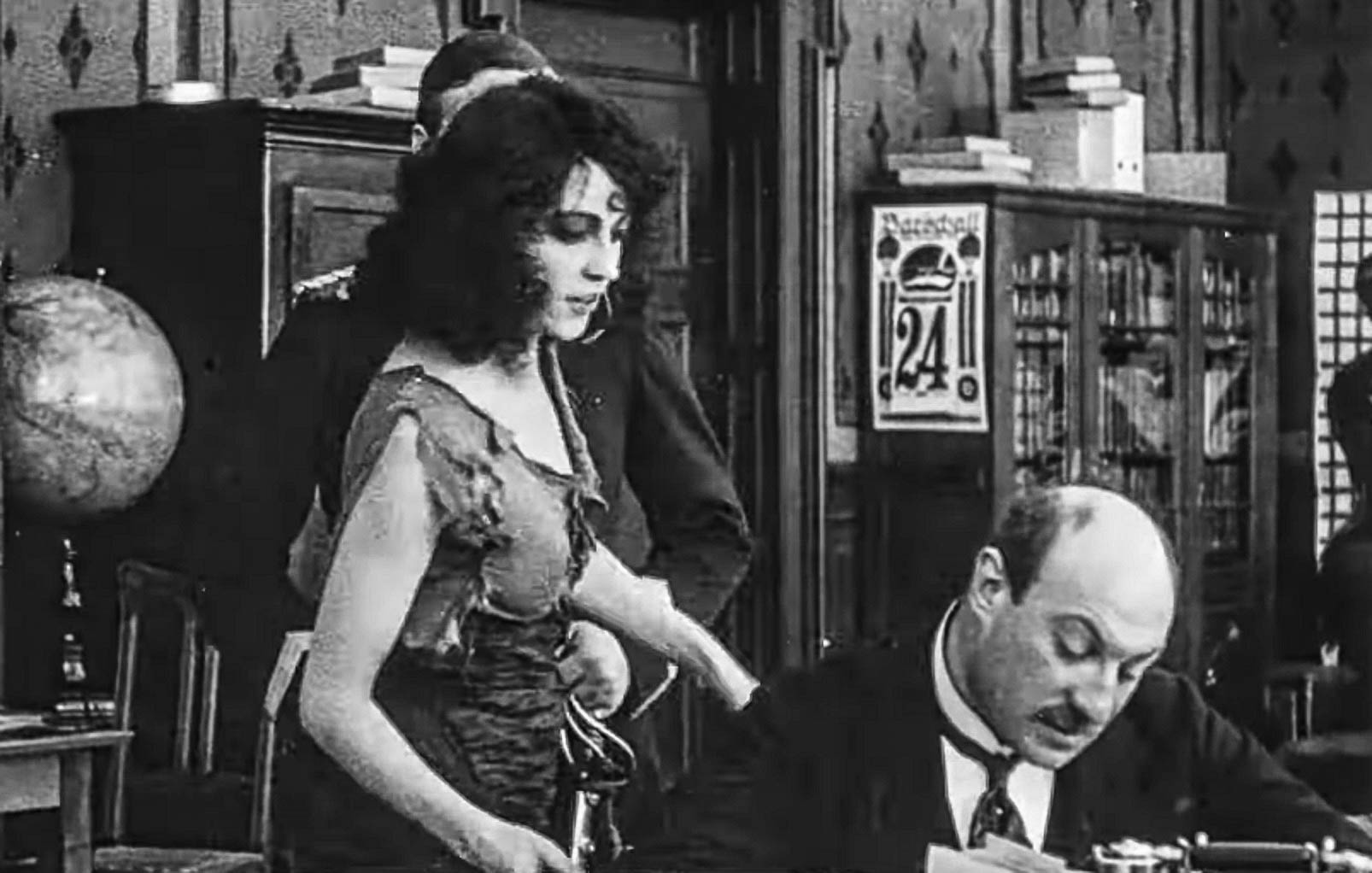 Stumfilm.dk: Film star Asta Nielsen, Det Danske Filminstitut
Stumfilm.dk: Film star Asta Nielsen, Det Danske Filminstitut
40. She Was Part Of The Avant Garde
Nielsen wasn’t just a writer herself; she was also a muse to other writers and artists. In fact, the Belgian expressionist poet Paul van Ostaijen wrote his work "Asta Nielsen" in tribute to the silent muse. In the poem, he calls her "Our dear Lady of Denmark" as well as "the dearest consolation for tired folk".
41. She Was Prolific
Considering that Asta Nielsen all but stopped acting on film in the 1920s and only ever appeared in one sound film, the amount of work she managed to produce is incredible. Although not all of them are extant and many of them are shorts, Nielsen’s name is on over 70 films from the early age of cinema.
42. She Had A May-December Romance
Nielsen was something of a serial monogamist, living in long-term relationship after long-term relationship. But there was one scandalous lover few knew about. Even in her memoirs, Nielsen "fails" to mention her steamy relationship with the violinist Rudolf Mendler, who was an incredible 26 years younger than her when they got together. Get it, Asta.
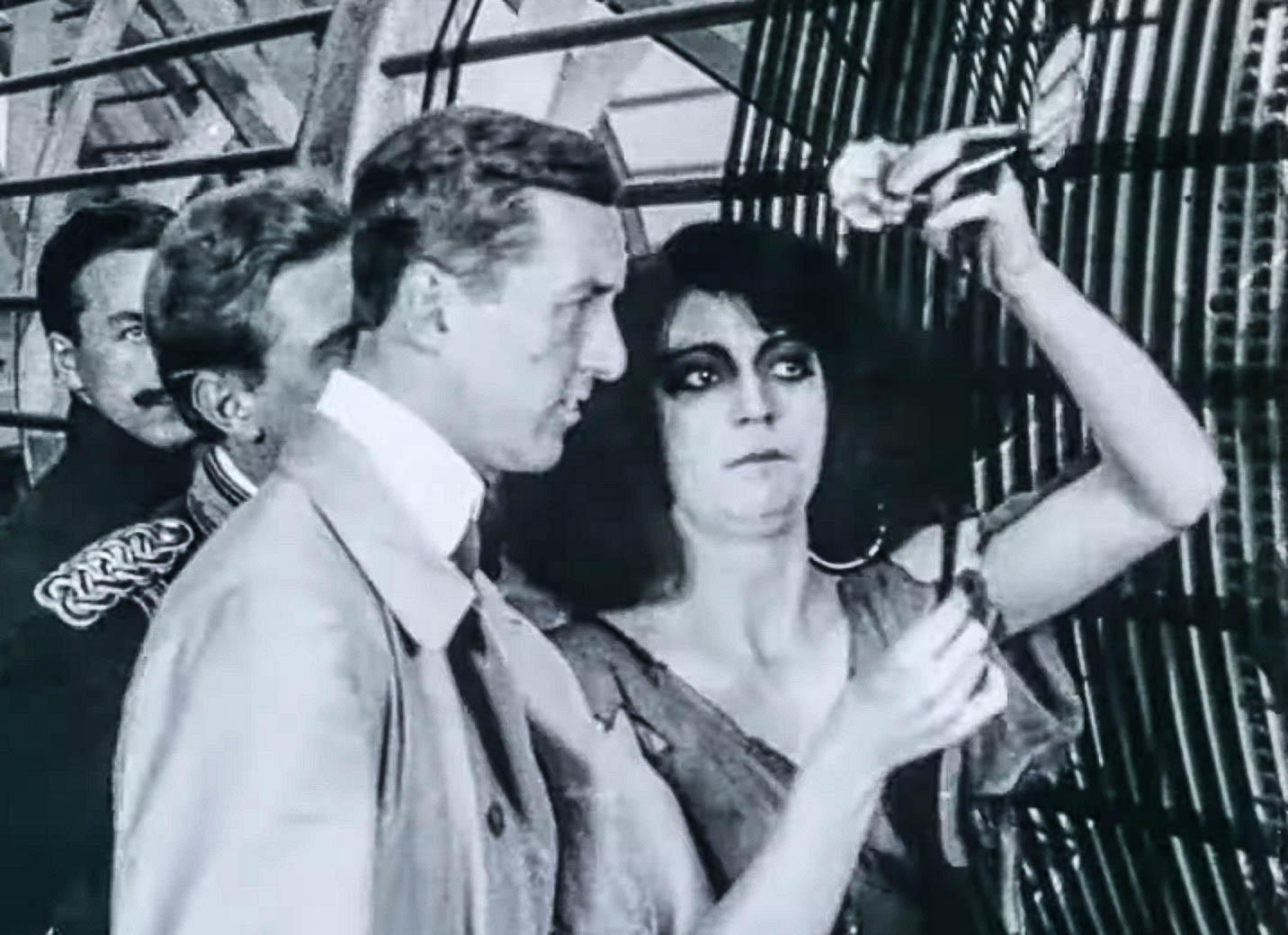 Stumfilm.dk: Film star Asta Nielsen, Det Danske Filminstitut
Stumfilm.dk: Film star Asta Nielsen, Det Danske Filminstitut
43. She Had A Hidden Talent
Asta Nielsen was once the queen of the early screen, but in her later years she dominated another sphere entirely. At the age of 65, and the end of WWII, Nielsen turned to writing. She published not only her memoirs but also a series of radio lectures, essays, and other materials.
In short, Nielsen built herself a whole new world once more—never knowing that the worst tragedy of her life was about to tear it all apart.
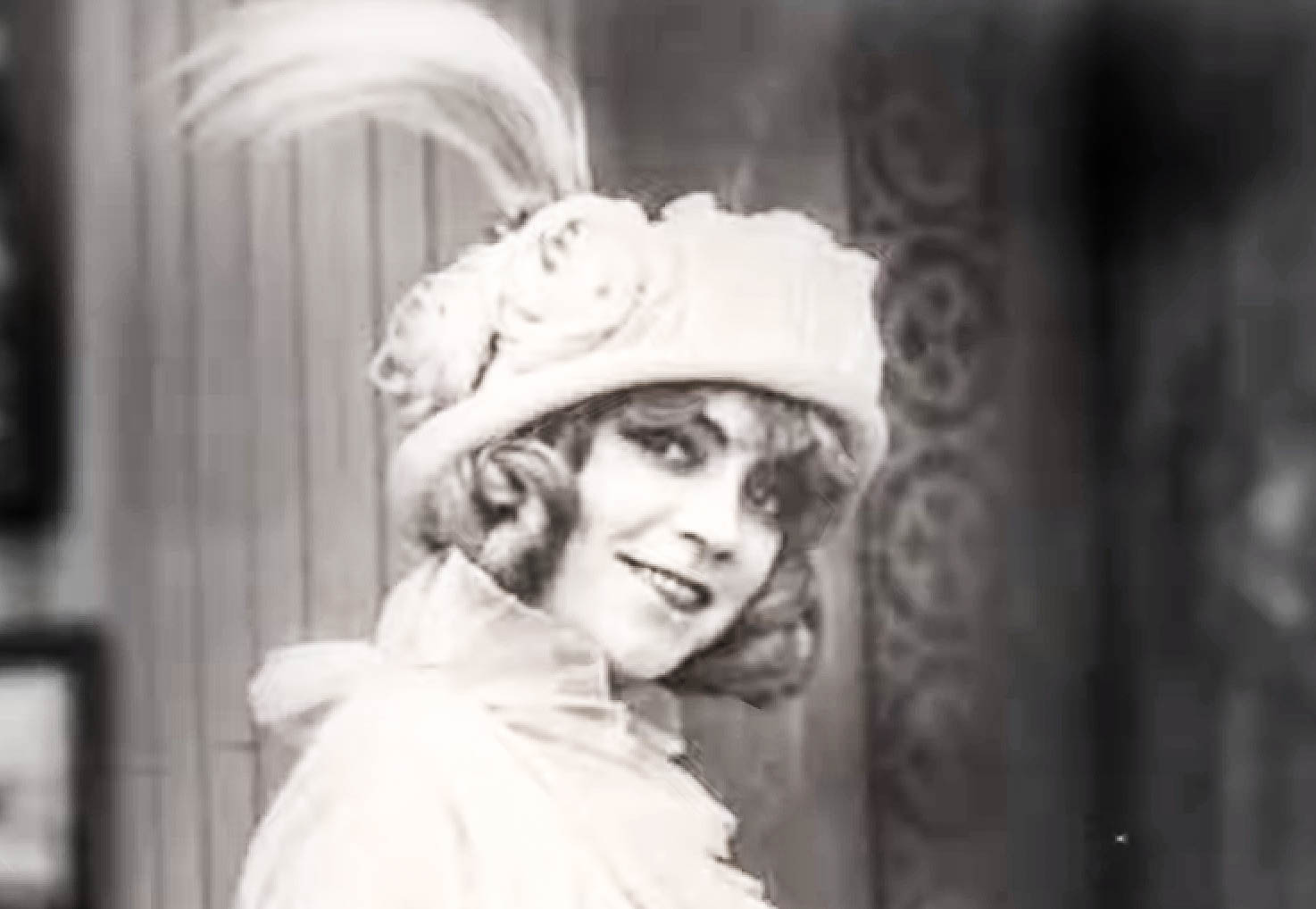 Stumfilm.dk: Film star Asta Nielsen, Det Danske Filminstitut
Stumfilm.dk: Film star Asta Nielsen, Det Danske Filminstitut
44. Her Daughter Grew Into A Woman
Nielsen had gone through three long-term partnerships at this point, but she only ever had one child. Jesta, the little girl she was so desperate to raise on her own all those years ago, had now grown into a young woman, married a man she loved deeply, and was about to settle into middle age. That’s when everything went so, so wrong.
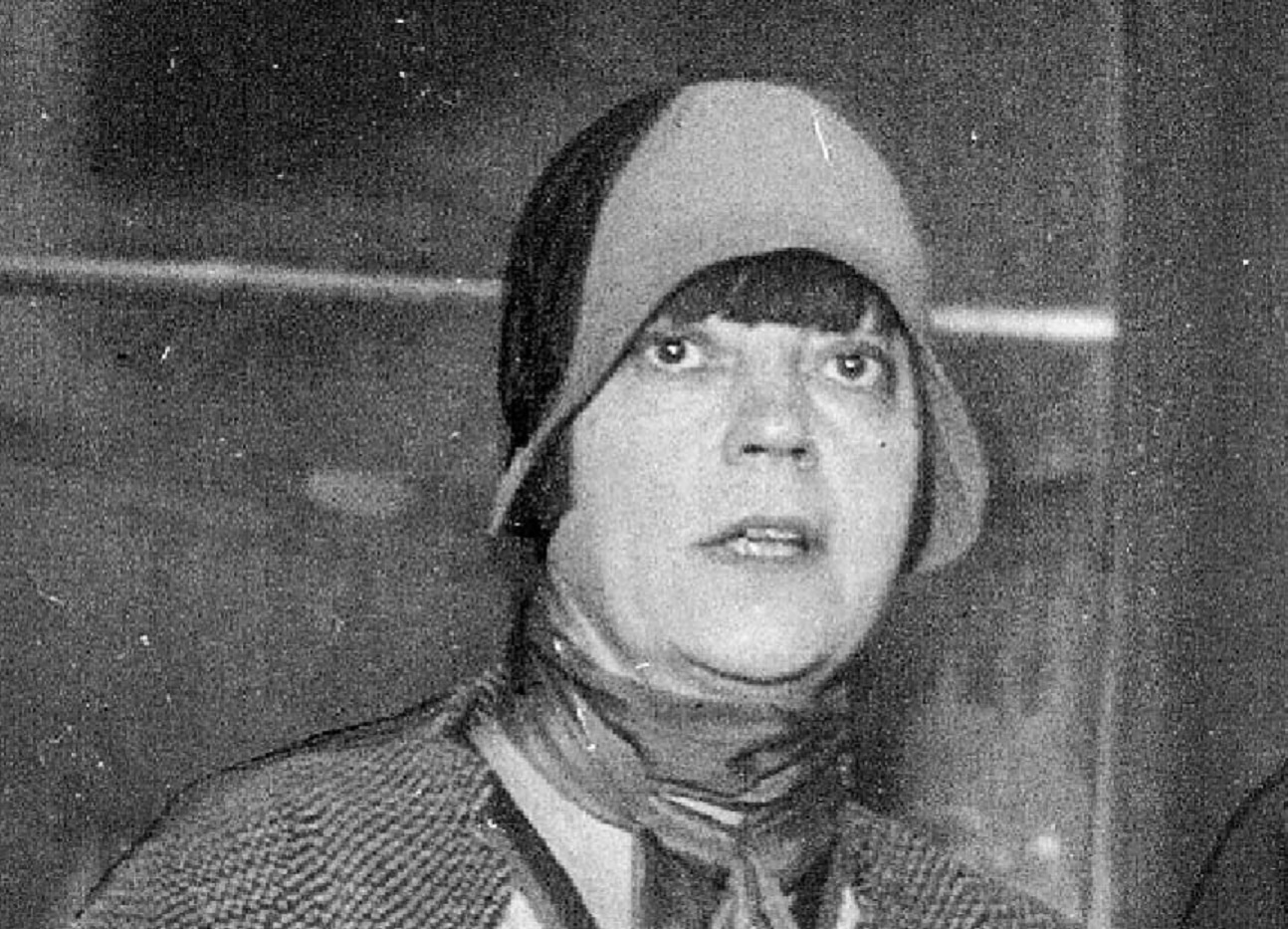 Stumfilm.dk: Film star Asta Nielsen, Det Danske Filminstitut
Stumfilm.dk: Film star Asta Nielsen, Det Danske Filminstitut
45. Her Family Suffered A Blow
In the 1960s, when Jesta was in her early 60s and Asta Nielsen was nearing her mid-80s, Jesta’s husband passed away. Nielsen surely felt the loss of her son-in-law, but the tragedy, of course, hit Jesta hardest of all. For days, Nielsen must have tried to comfort her daughter as best she could. Yet nothing in her tragic film work could have prepared her for the ensuing events.
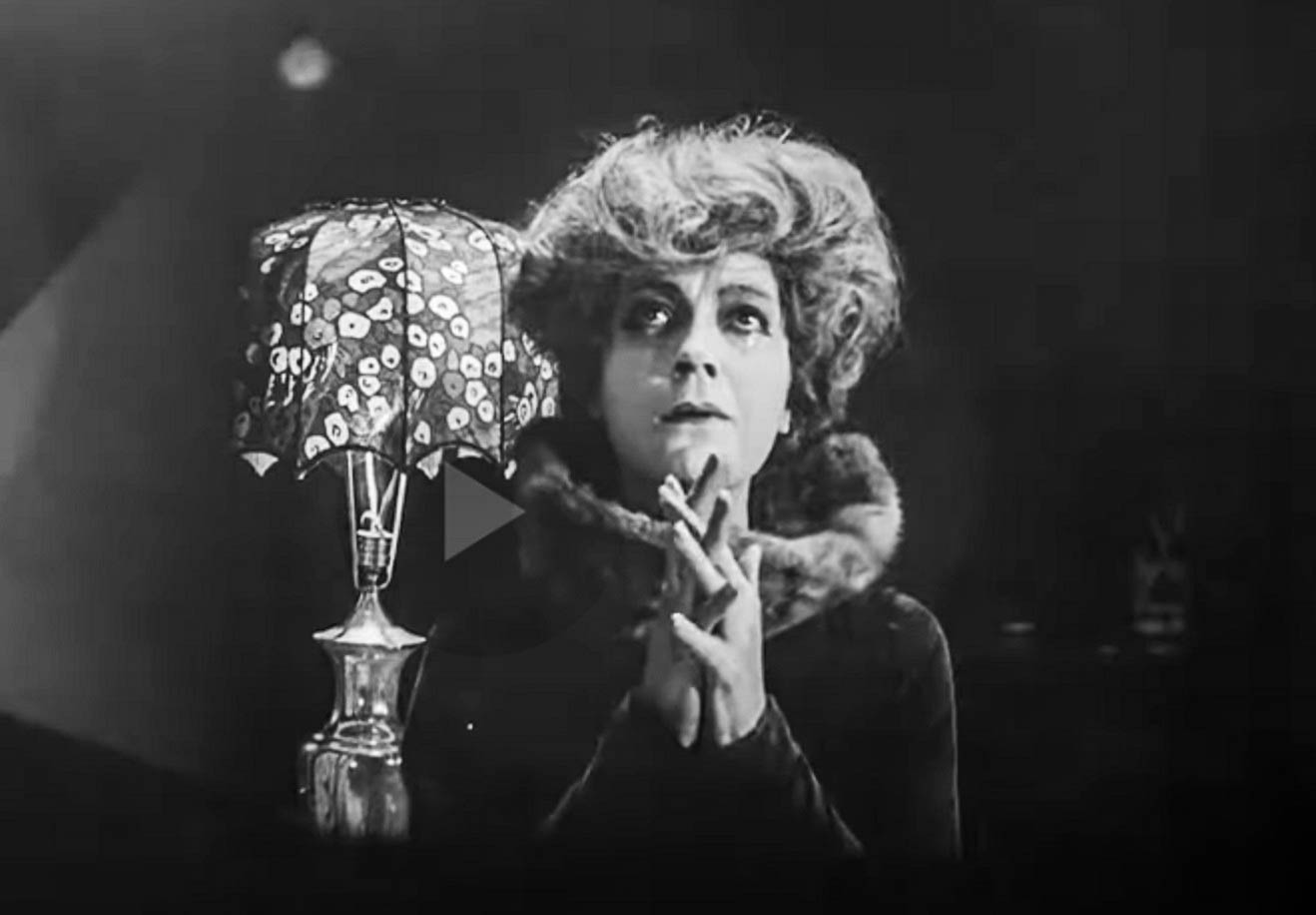 Stumfilm.dk: Film star Asta Nielsen, Det Danske Filminstitut
Stumfilm.dk: Film star Asta Nielsen, Det Danske Filminstitut
46. She Lost Her Daughter In The Worst Way
In 1964, Asta Nielsen got the single worst news of her life. Filled with despair over the passing of her husband, Jesta took her own life. Nielsen was getting up in years, and yet now had to deal with the biggest loss a parent could ever endure: The death of their child. Her solution to help deal with her grief, however, was somewhat surprising.
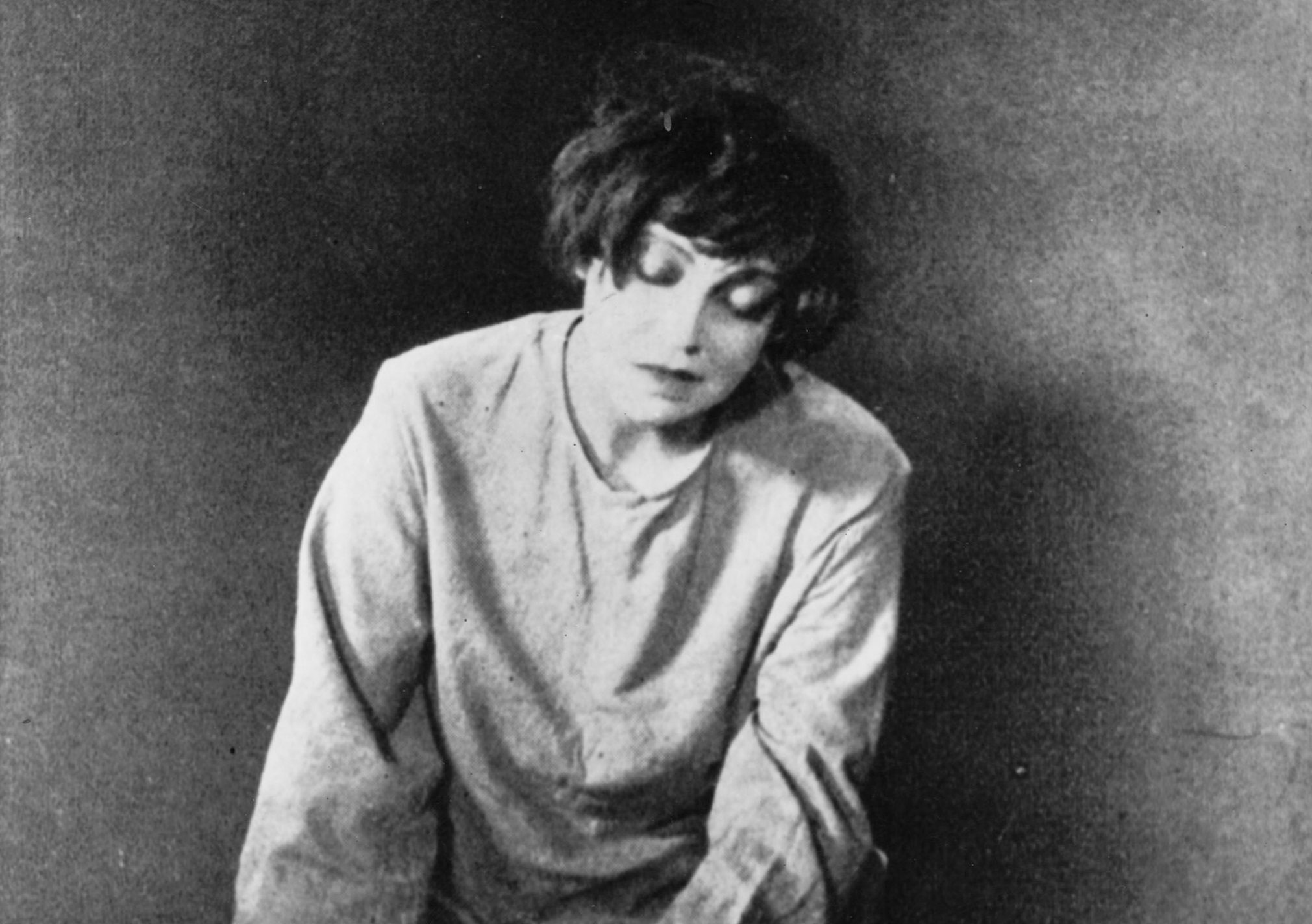 Stumfilm.dk: Film star Asta Nielsen, Det Danske Filminstitut
Stumfilm.dk: Film star Asta Nielsen, Det Danske Filminstitut
47. She Met A New Love
Obviously, Nielsen never quite moved on from her daughter Jesta’s death, but she did get a sliver of a happy ending for her remaining years on Earth. That happiness came in the form of the spry Danish art collector Christian Theede. The pair were smitten with each other—and their next moves delighted the entire world.
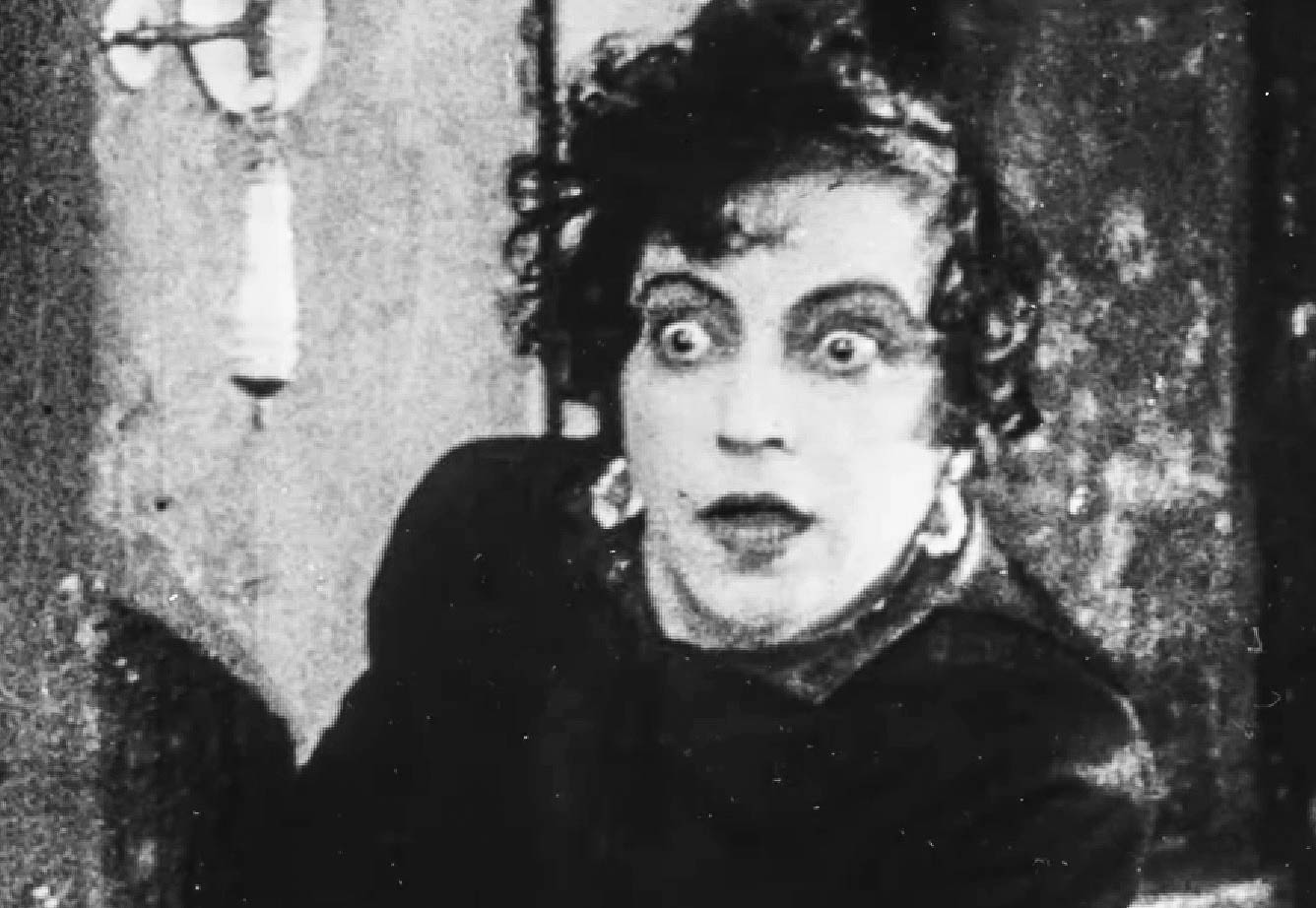 Stumfilm.dk: Film star Asta Nielsen, Det Danske Filminstitut
Stumfilm.dk: Film star Asta Nielsen, Det Danske Filminstitut
48. She Was A Bride At 88
After the end of Nielsen’s relationship with Gregori Chmara—which never resulted in marriage despite its seriousness—it didn’t look like she would ever head to the altar again. Well, Nielsen still had a few tricks up her sleeve: In 1970, six years after her daughter’s passing and at the ripe age of 88, Asta Nielsen tied the knot with Christian Theede. Luckily for the newlyweds, this momentous event got even more heartwarming.
49. She Liked Younger Men
Funnily enough, Nielsen had bagged herself a much younger man. When Theede met her at the altar, he was 77, and more than eleven years her junior. The story tickled the international press pink, and soon everyone was reporting on the old silent film star’s new lease on love. Sadly, though, Nielsen would have precious little time to enjoy it.
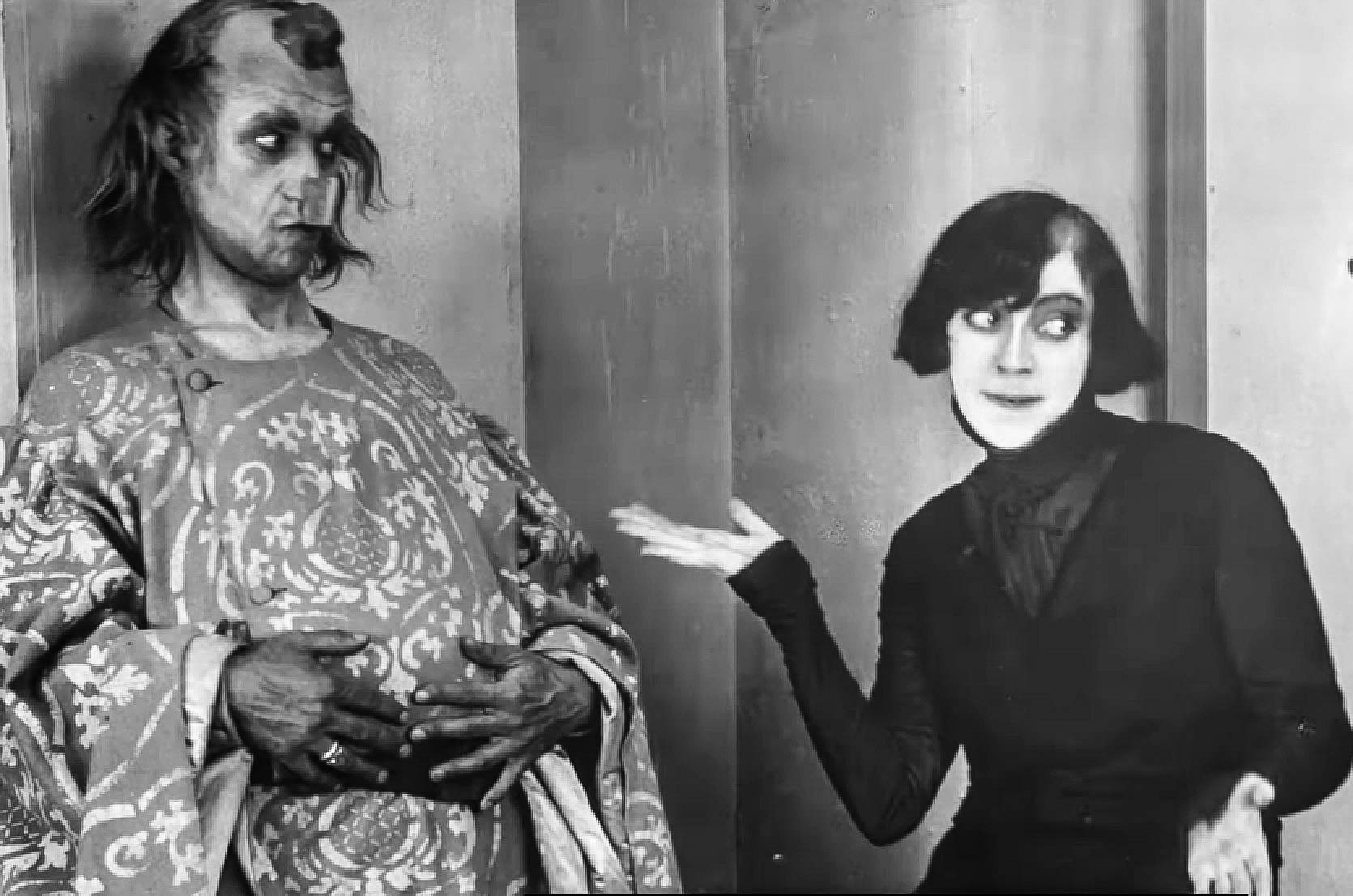 Stumfilm.dk: Film star Asta Nielsen, Det Danske Filminstitut
Stumfilm.dk: Film star Asta Nielsen, Det Danske Filminstitut
50. She Met A Sad End
In the end, Asta Nielsen only lived for a few more years after her nuptials, and the details of her passing are heartbreaking. In 1972, just a handful of months shy of her 91st birthday, the great actress fractured her leg. While for a younger woman this accident would be minor, for Asta it was catastrophic. She passed shortly after on May 24, leaving her new husband a widower.


